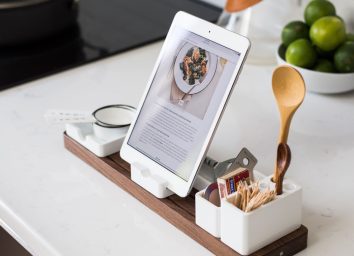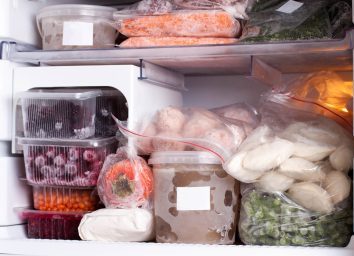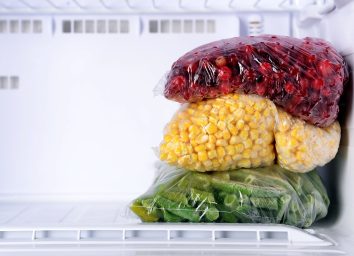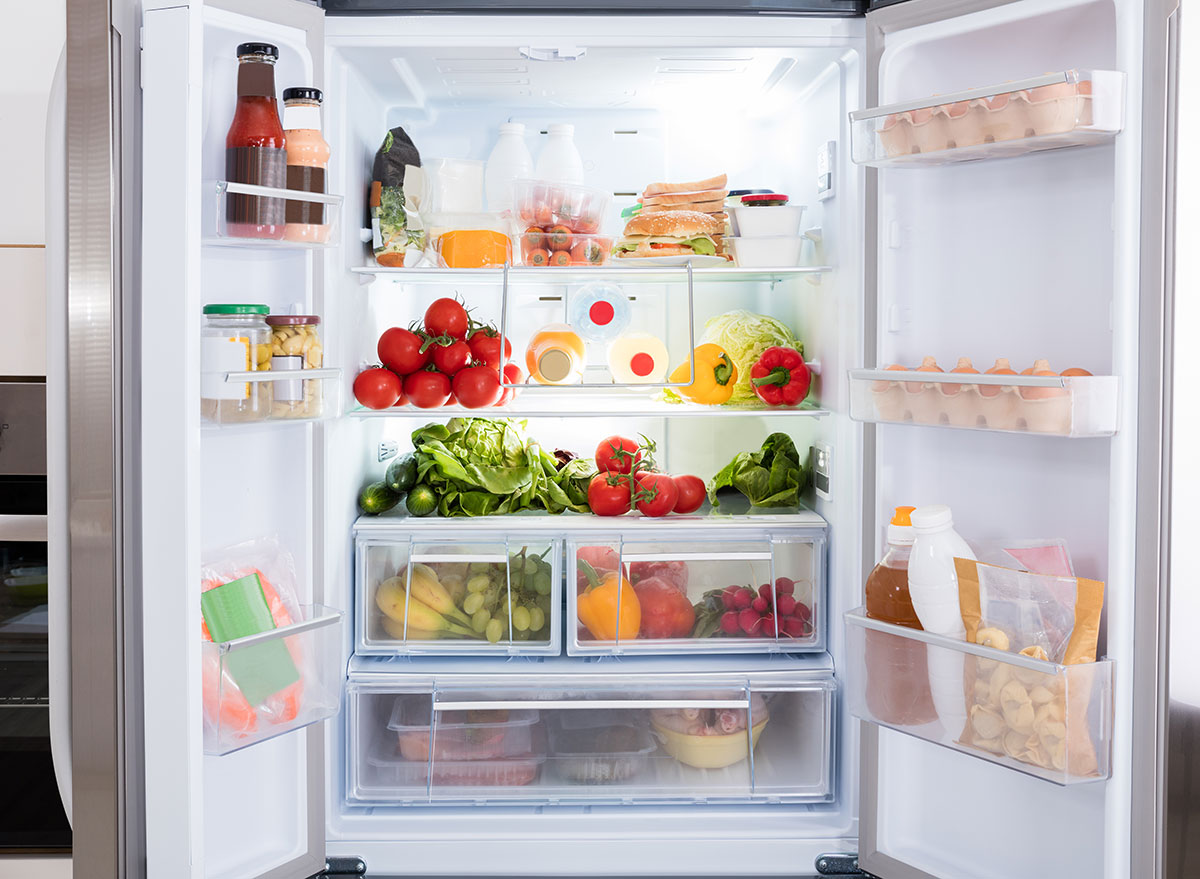
You might be a great home chef, but how do you fare when it comes to food safety? There's way more to kitchen safety than just washing your hands before you start cooking. These things might seem nitpicky at first, but they're super important for your health. After all, the last thing you want is to spend precious time making a home-cooked meal, only to get sick from something that was improperly done during your cooking process.
From properly storing food to cooking meats to the right temperature, here are 50 food safety dos and don'ts to let govern your kitchen. We broke these down into 25 dos and 25 don'ts. Hopefully, you're doing all of these already, but if you're not, it's never too late to start.
Plus, test out your cooking skills with our favorite 22 Meals to Melt Belly Fat in 2022.
Do clean fruits with a scrub brush

Simply washing fruits and vegetables that have hard rinds (think: melons and cucumbers) may not be enough to get all of the dirt and bacteria off of them, says Jory R. Lange, a national food safety lawyer. By using a sterilized scrub brush, you can get into those ridges and clean your produce correctly so that dirt and bacteria won't transfer from your cutting knife to the fruit or vegetable after slicing through the rind.
Do use a food thermometer
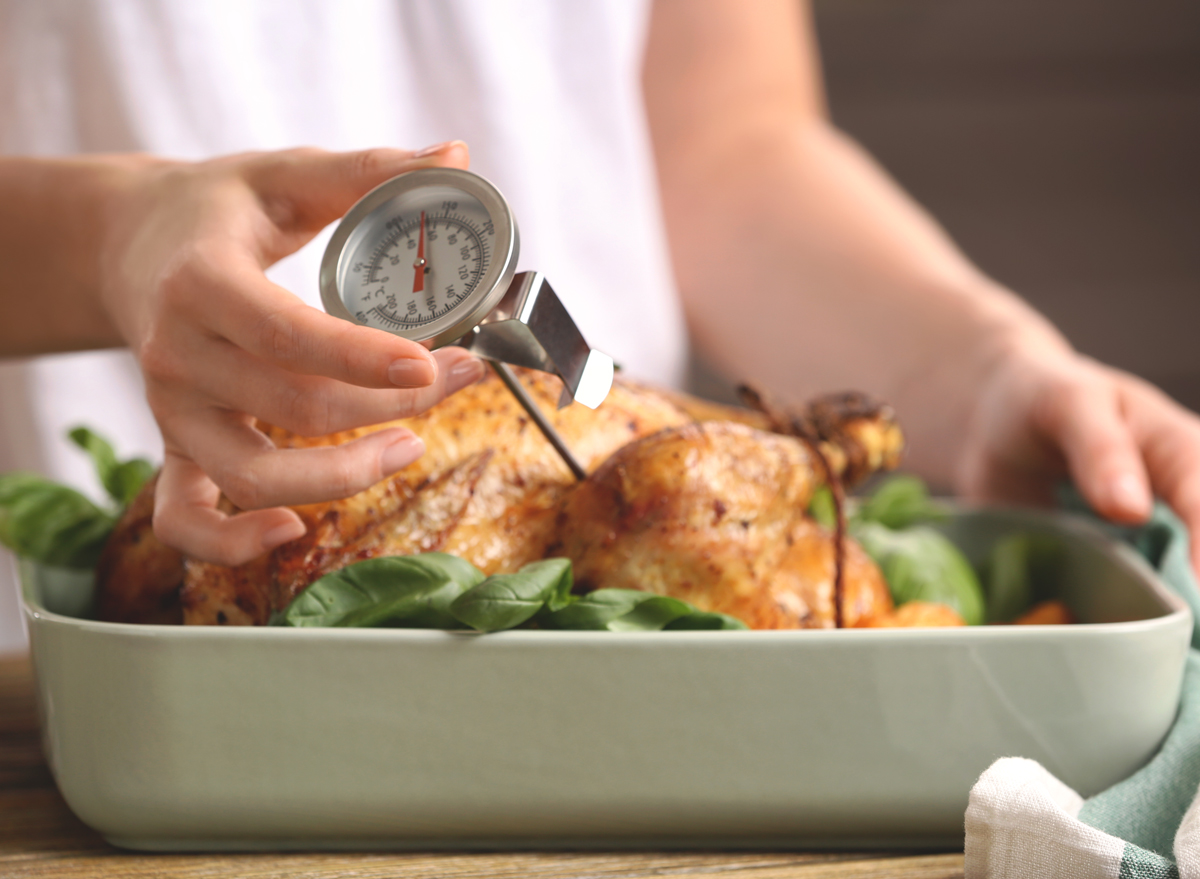
When you're grilling, don't just eye meats to judge their doneness. Rather, use a meat thermometer, the CDC suggests. And you should know what temperatures meat and poultry should reach before you serve them, too.
The CDC recommends that whole cuts of beef, pork, lamb, and veal reach a minimum internal temperature of 145 degrees Fahrenheit. Fish, likewise, should reach 145 degrees, while ground beef and hamburgers should reach a minimum of 160 degrees before you serve them. For poultry and pre-cooked meats, such as hot dogs, 165 degrees Fahrenheit is safe.
Do keep your fridge and freezer at the right temperatures
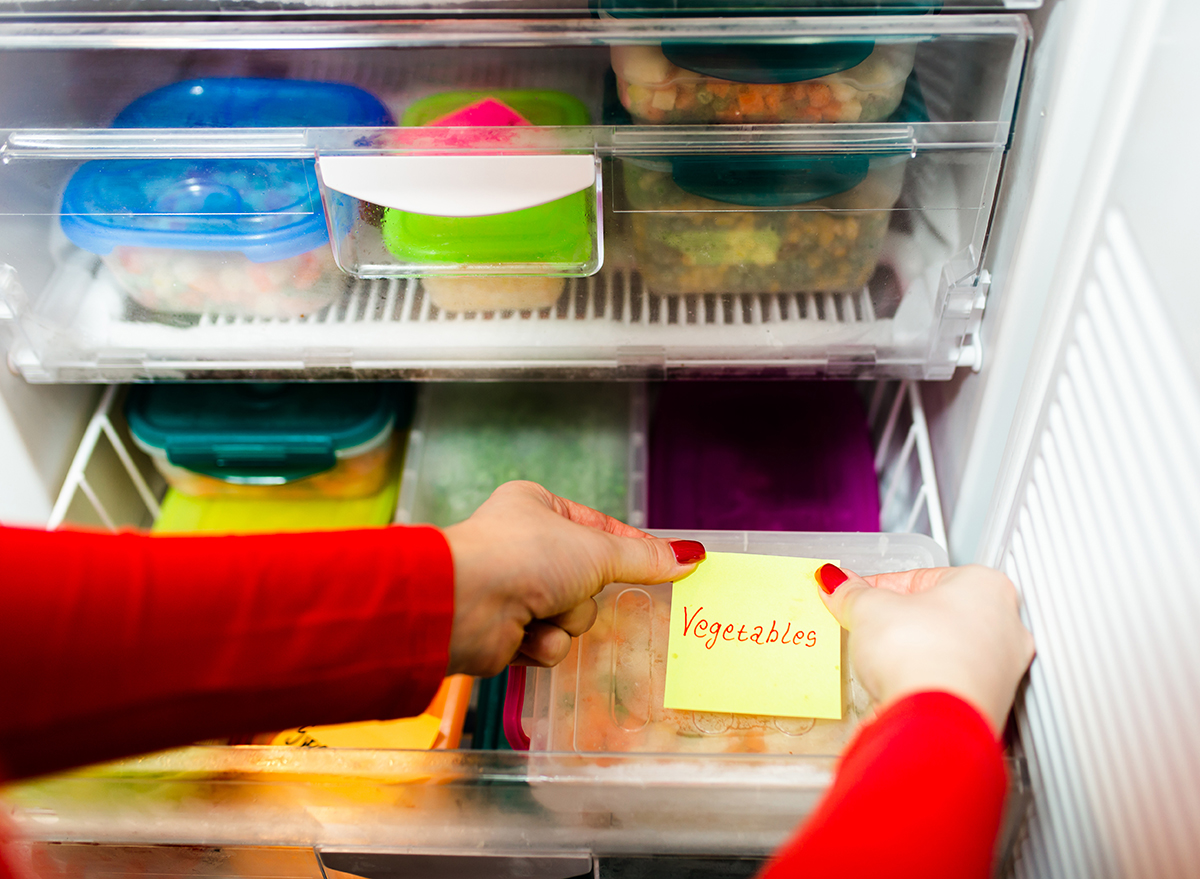
Your refrigerator temperature should be set at 40 degrees Fahrenheit or lower, and your freezer temperature should be 0 degrees Fahrenheit or lower, according to the USDA. To make sure your fridge and freezer are set at the right temps, you can use an appliance thermometer to take a read.
Do keep meat cool on the way to cookouts
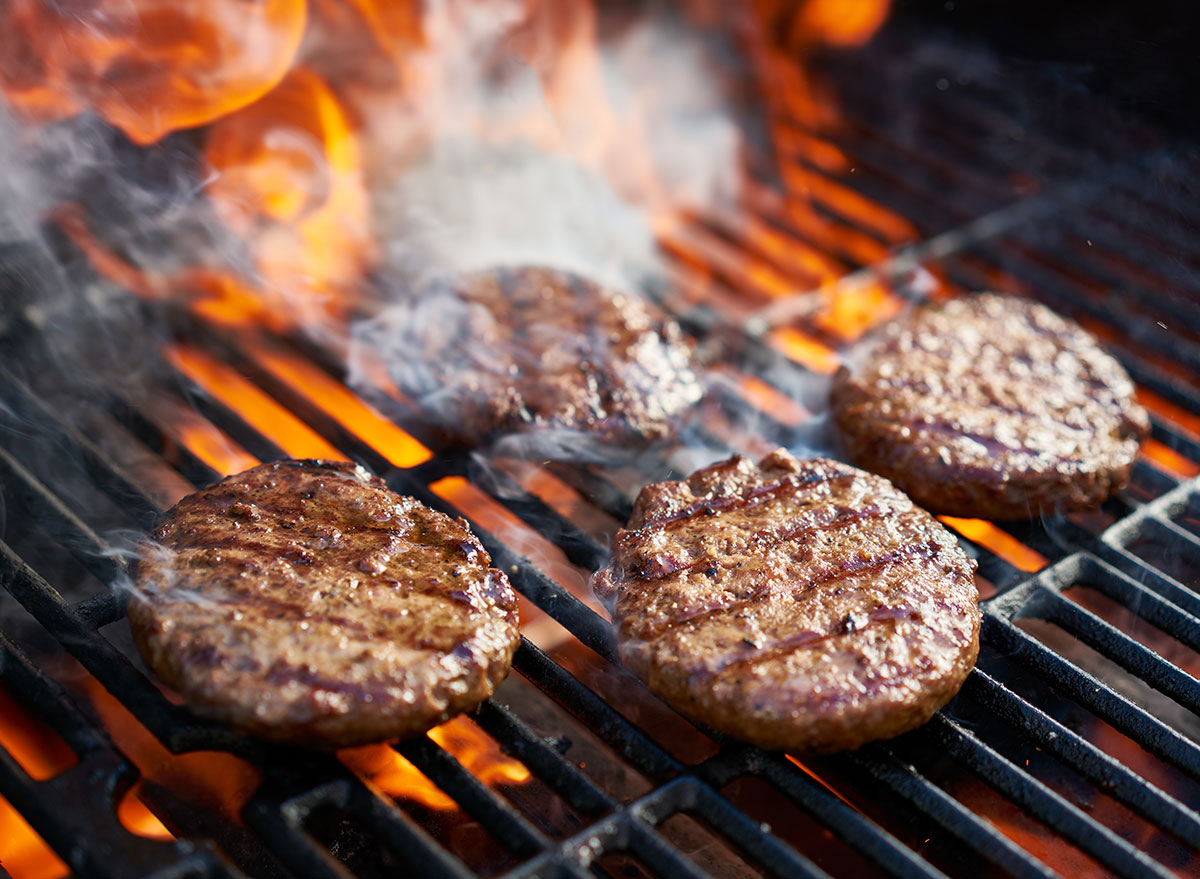
Is the cookout BYOB (Bring Your Own Burger)? If so, be sure to keep your meat—as well as poultry and seafood—cool by transporting it in an insulated cooler. The temperature should be under 40 degrees in the cooler, the CDC recommends.
Do organize your fridge with food safety in mind
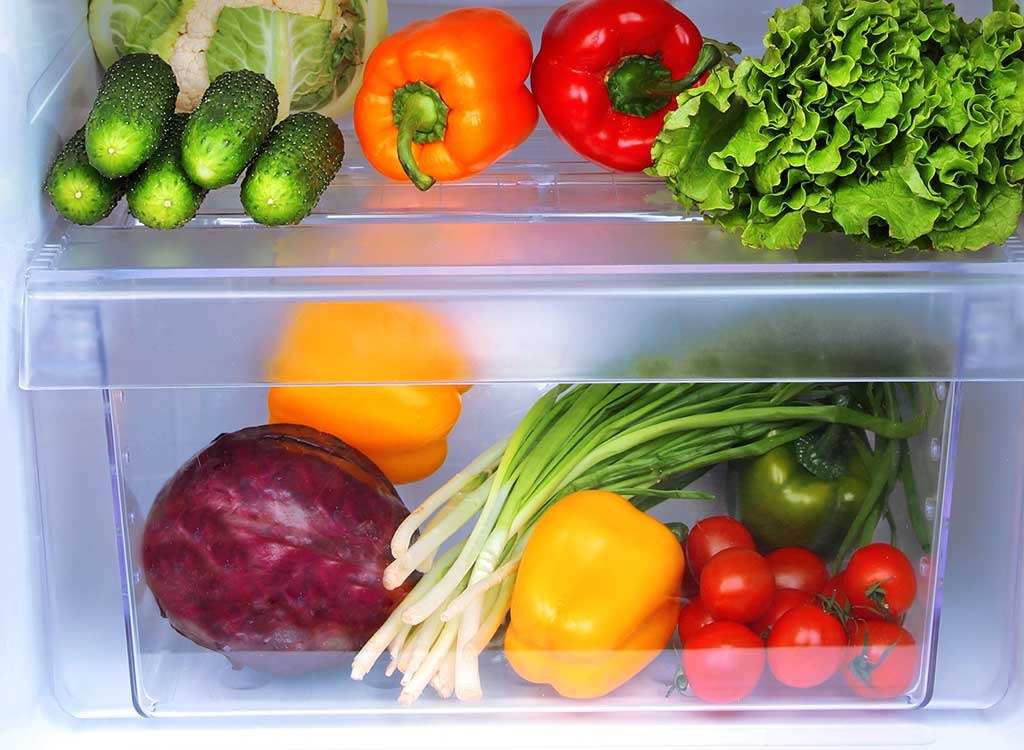
The way you organize your refrigerator is more important than you think. Food safety experts say it's important to store raw meat on the bottom shelf of your fridge, keeping it away from fresh produce and ready-to-eat foods. If you have multiple shelves at the bottom, you'll want to store foods requiring lower cooking temperatures above foods that require higher cooking temperatures. The reason? If chicken juices dripped on steak, the steak may not be cooked at a high enough temperature to kill the bacteria.
Do put away your groceries quickly
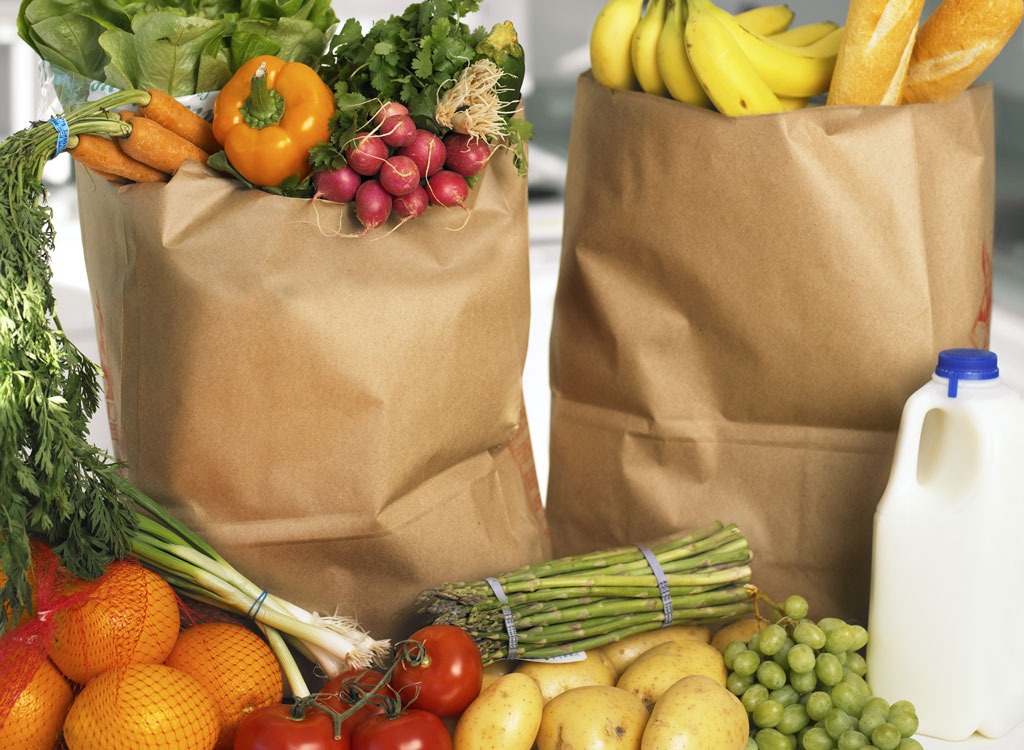
Perishable food needs to make it into the refrigerator within two hours, warns the Centers for Disease Control and Prevention. The clock starts ticking as soon as the food makes its way into your grocery basket. But if it's an especially hot day, with outdoor temps 90 degrees or higher, you should hustle home from your grocery run and get food in the fridge within one hour. Kitchen safety goes way beyond your kitchen, so make sure you plan ahead before your next grocery trip.
Do cross meat and seafood items off your grocery list last
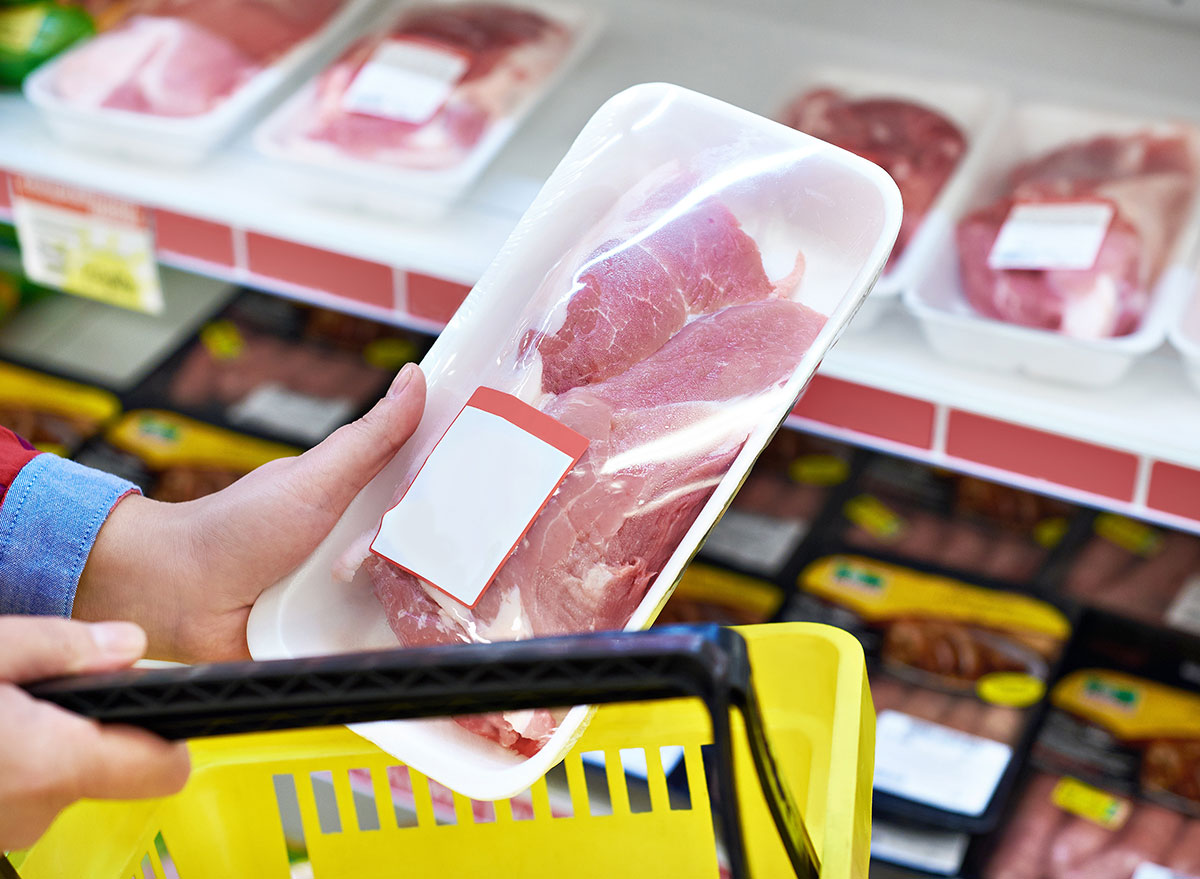
When you're grocery shopping, pick up your canned goods, produce, spices, and other items first, the CDC advises. Your meat, poultry, and seafood should go in the cart last, right before you head to the checkout lane. To avoid cross-contamination, put packages of raw meat and poultry into individual plastic bags.
Do store leftovers in shallow containers
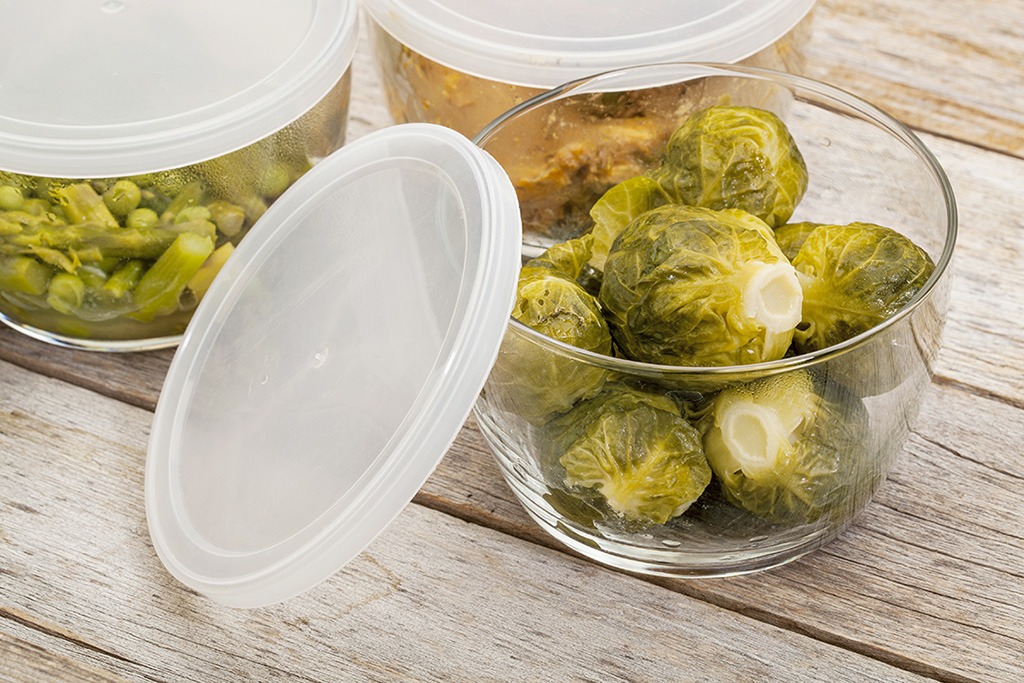
To keep bacteria from mounting a takeover on your leftovers, store the food in airtight and shallow containers, recommends the Academy of Nutrition and Dietetics. Storing food in airtight containers two inches or less can allow for rapid cooling. In a large container, the food can take longer to cool, allowing for bacterial growth. Also, don't allow leftovers to cool down at room temperature before putting them in the refrigerator.
Do check frozen foods after a power outage
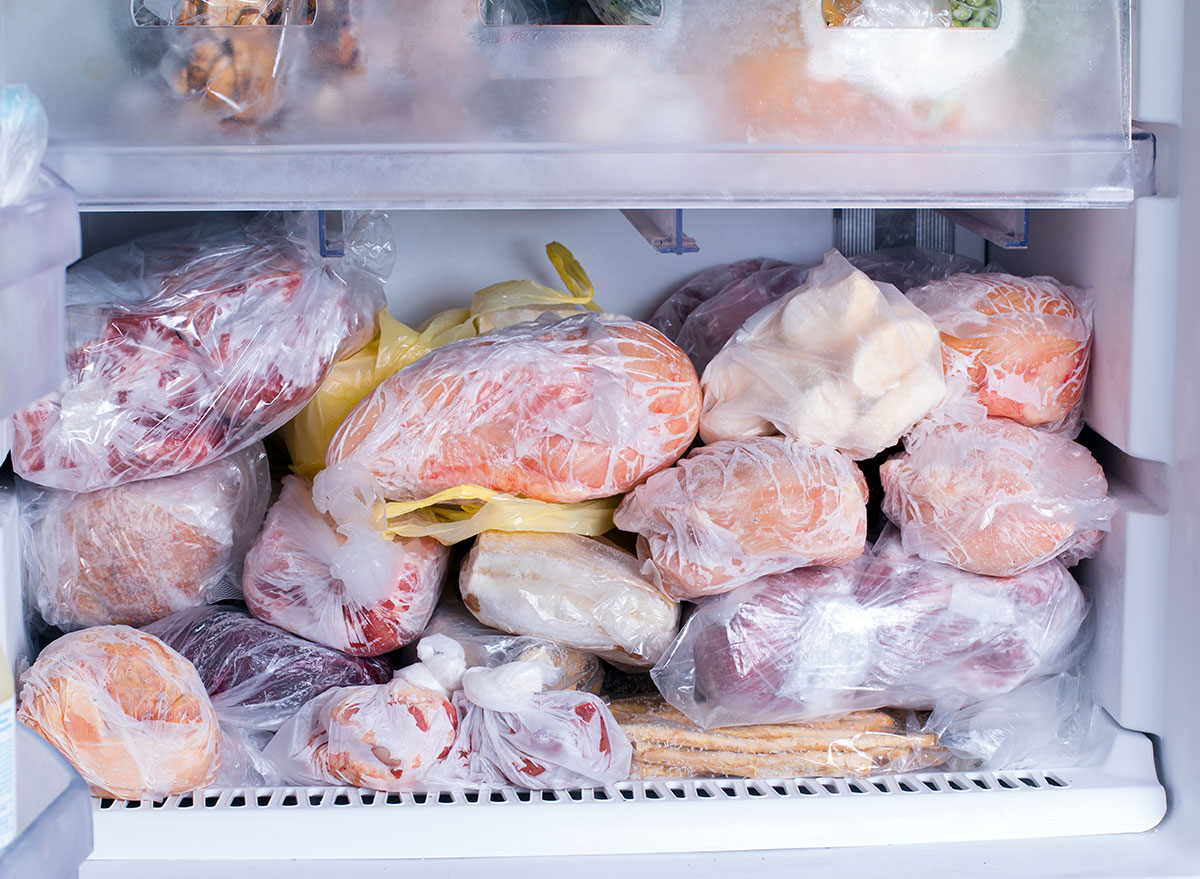
If the power goes out and you've got an appliance thermometer that was kept in the freezer, check the temperature when power is restored. If the freezer thermometer registers at 40 degrees or below, it's safe for the food to be refrozen, according to the FDA. Without a thermometer in the freezer, you'll need to do some more recognizance. While you can't rely on appearance or odor to know if it's safe to refreeze, food with ice crystals likely remained cold enough. You could also use a thermometer and refreeze foods that aren't above 40 degrees.
Do toss refrigerated foods after a long power outage
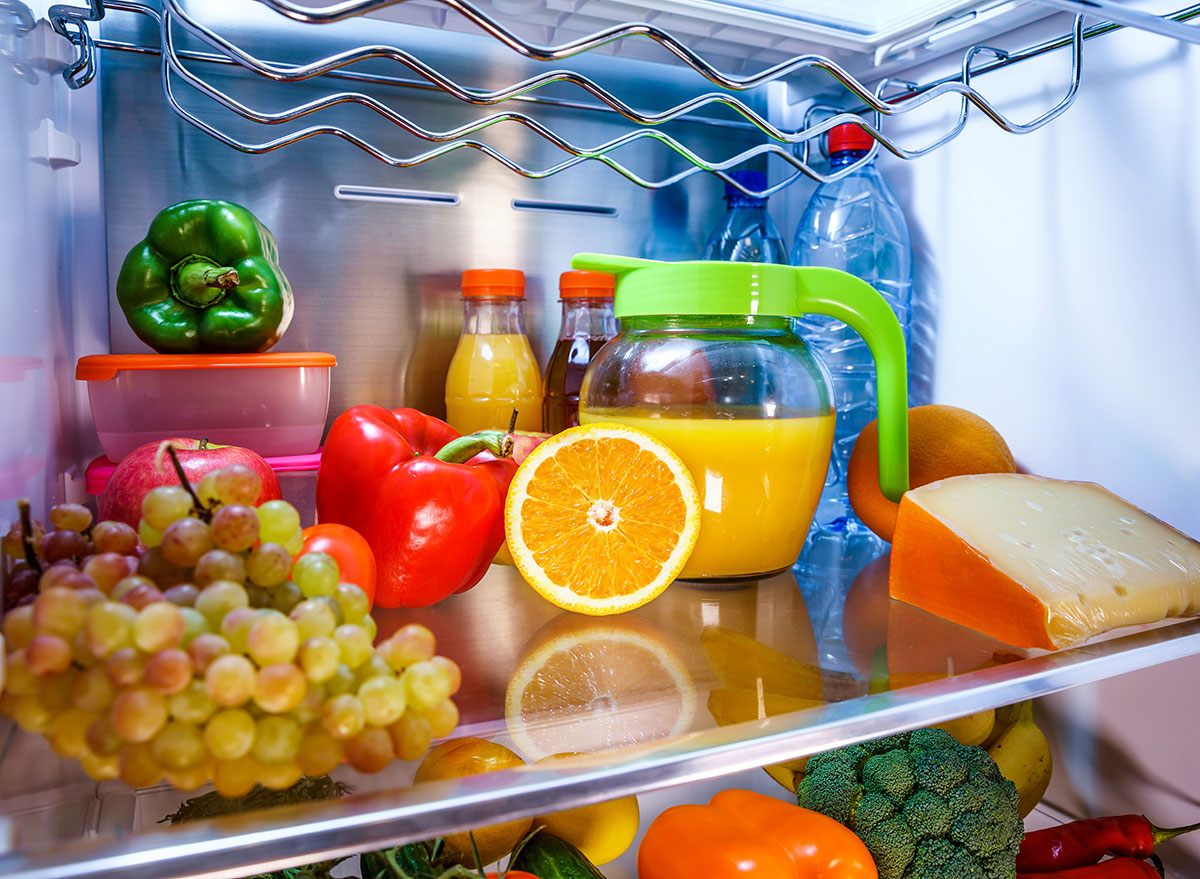
If the power goes out temporarily, your refrigerated food likely won't be affected, but if the power was out for more than four hours, you'll need to do a sweep and toss perishable food such as meat, poultry, fish, eggs, and leftovers. Also, perishable foods that reach 40 degrees or above for two hours or more need to be discarded.
Do keep acidity in mind when it comes to canned foods
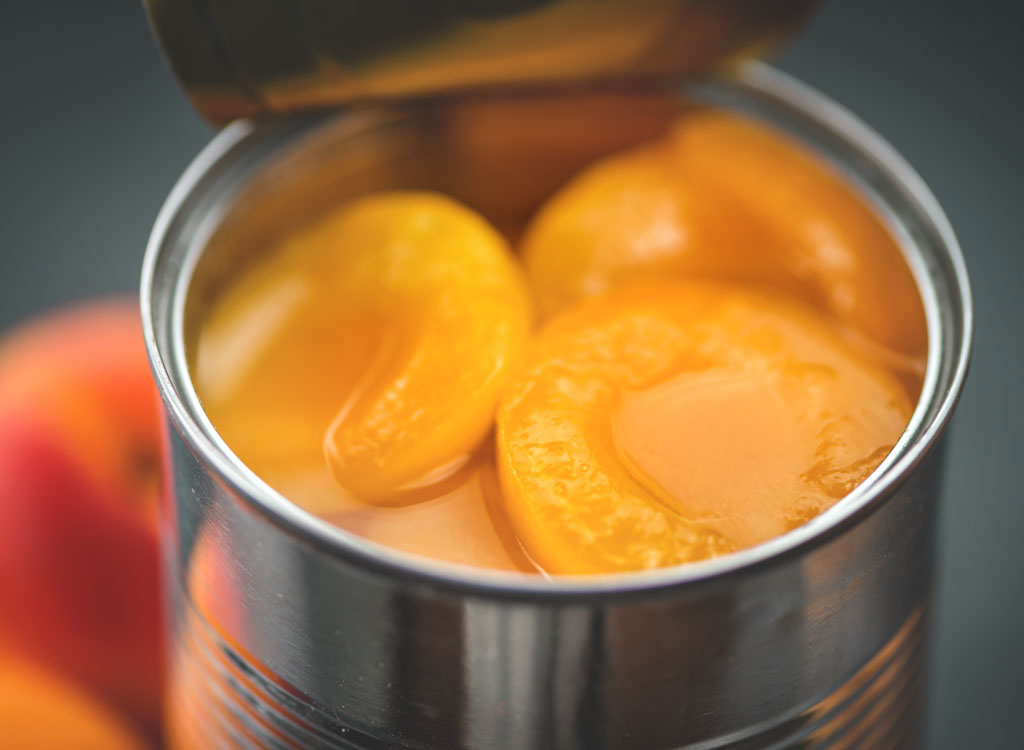
High-acid canned foods like tomatoes, grapefruit, and pineapple have a shorter shelf life than low-acid foods, according to the USDA. They can be stored unopened on the shelf for 12 to 18 months. Low-acid canned foods, including most vegetables, meats, poultry, and fish, will remain good for two to five years, so long as the can remains in good condition and is stored in a cool, clean, and dry place. Toss any cans that are leaking or rusted.
Do marinate food in the refrigerator
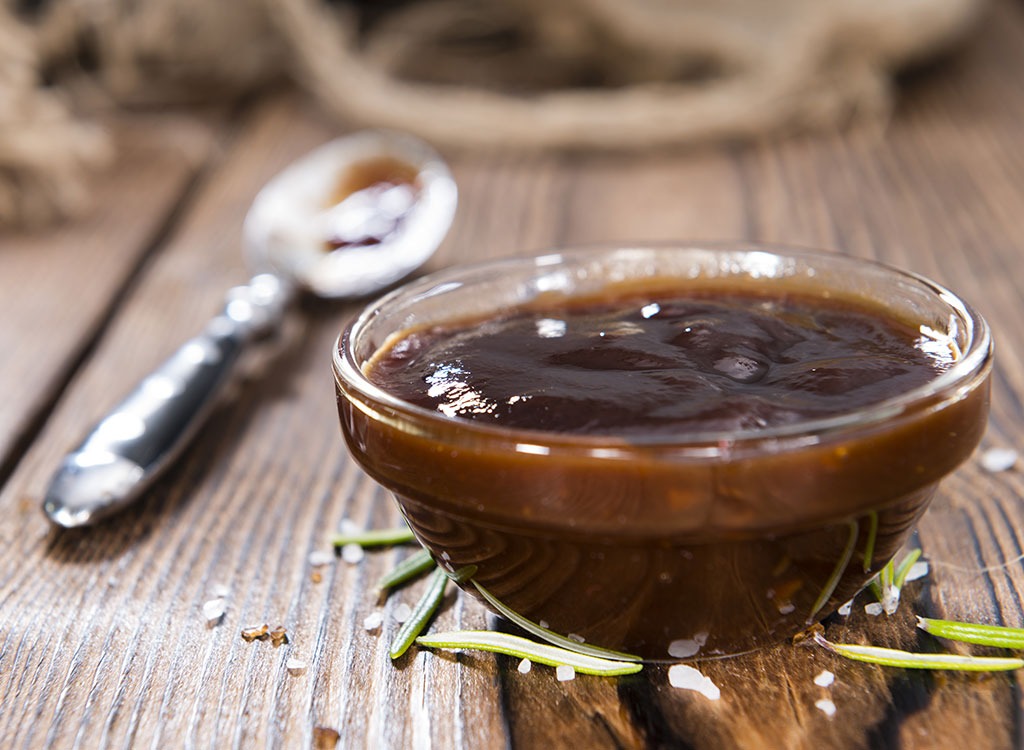
When you're marinating a steak or chicken, do it in the refrigerator. If you leave food marinating on the counter, bacteria can quickly multiply at room temperature, the FDA warns. Never reuse marinating liquid as a sauce unless you've brought it to a rapid boil.
Do refrigerate condiments If necessary
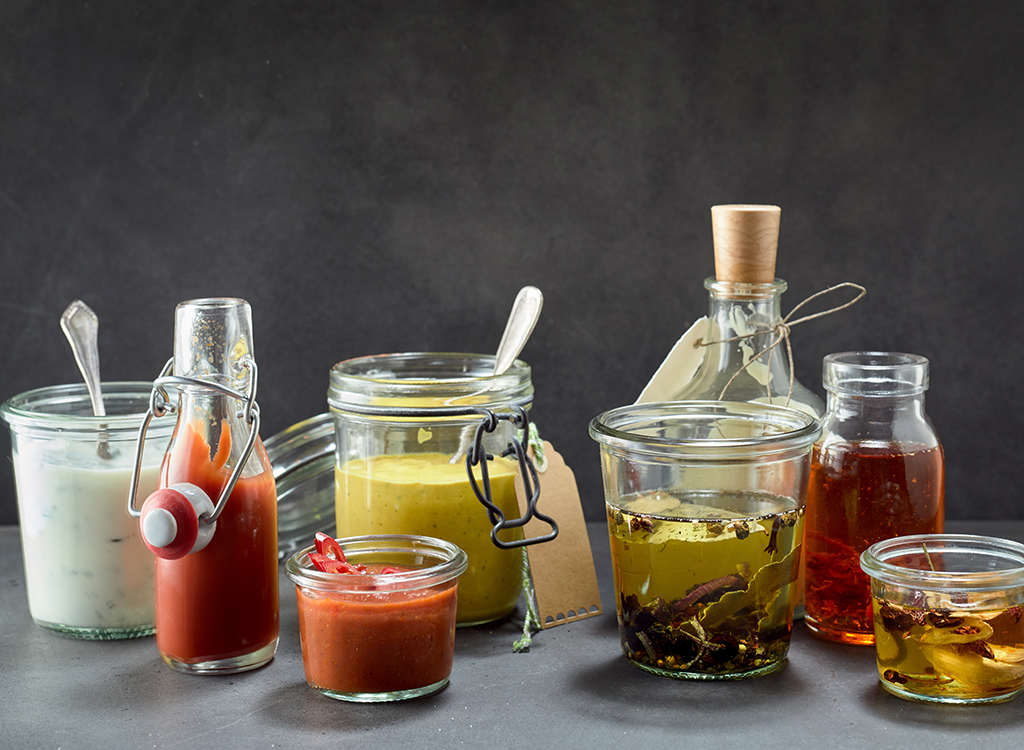
It's not just meat, poultry, vegetables, and dairy products that need to be kept refrigerated. Many condiments also need to be stashed in the fridge, too. If you've neglected to refrigerate something, it's best to throw it out.
Do clean up spills quickly
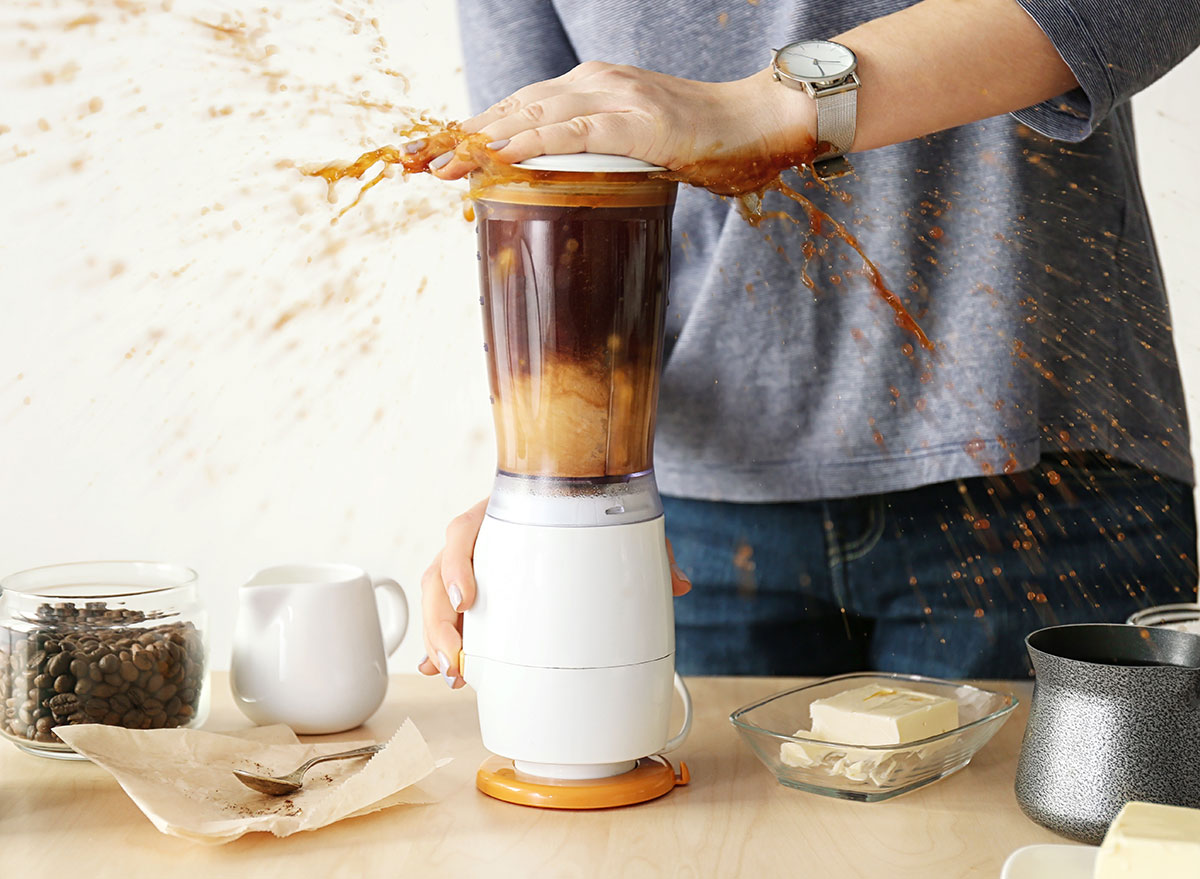
If something spills in your refrigerator, wipe it up quickly. It's also a good idea to do frequent fridge cleanouts, wiping down the shelves. These little chores can reduce the growth of listeria. It also helps prevent the spread of bacteria and cross-contamination if there's a drip from your meat, seafood, or poultry.
Do toss damaged cans
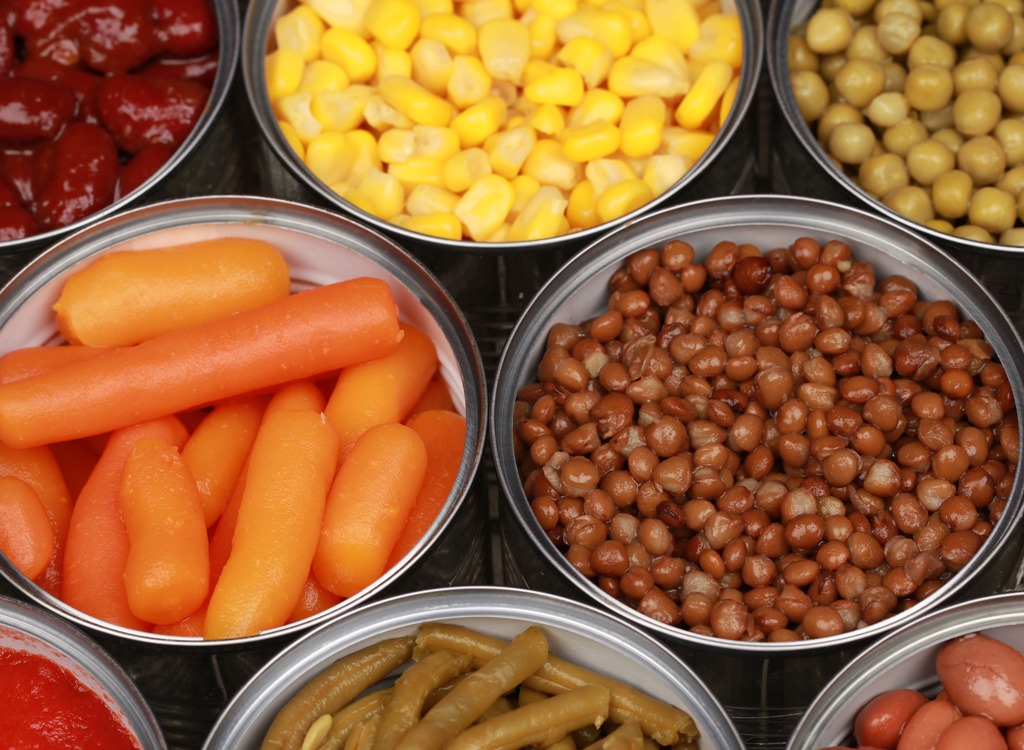
While canned foods tend to have a long shelf life, they should be tossed if they show signs of damage. This could be swelling, punctures, leakage, holes, rusting, or big dents that would make them tough to open with a manual can opener. Also, be on the lookout for any stickiness out the outside of a can, which could mean it's leaking or that a nearby can is an offender.
Do prepare your spices before seasoning chicken
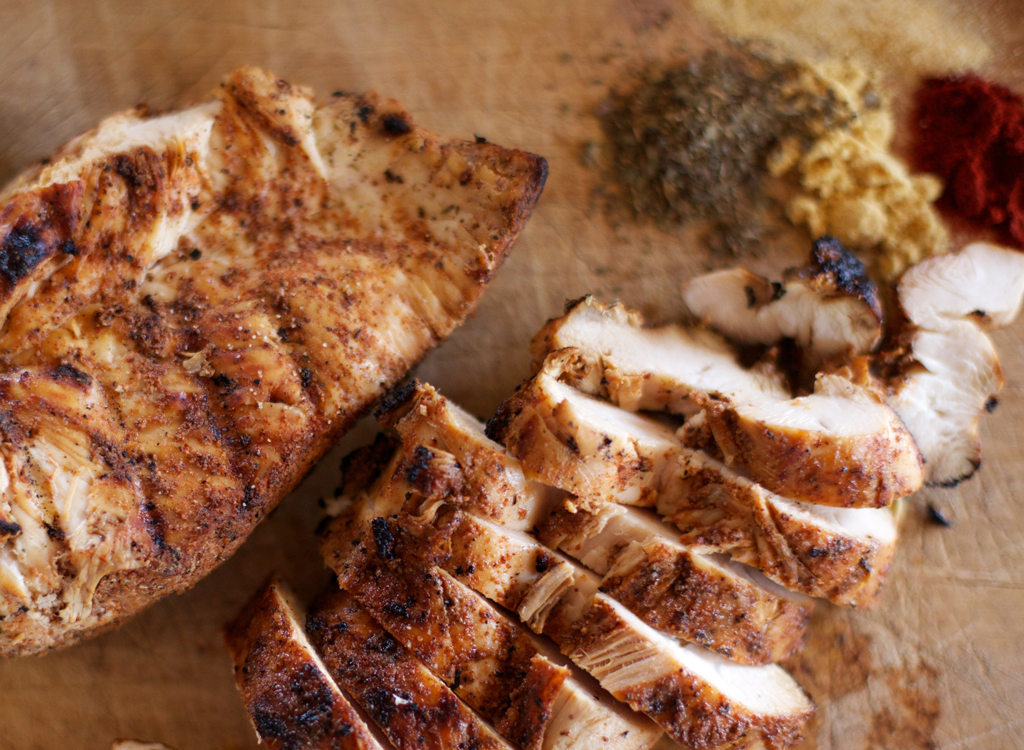
If you're seasoning a raw chicken, create your blend in a small bowl, mixing the salt, pepper, herbs, and spices together. That way, you avoid touching your spice jars and pepper mill with contaminated hands that have been in contact with the raw chicken. After you're done, toss the remaining seasoning and wash the bowl with hot, soapy water.
Do use multiple cutting boards
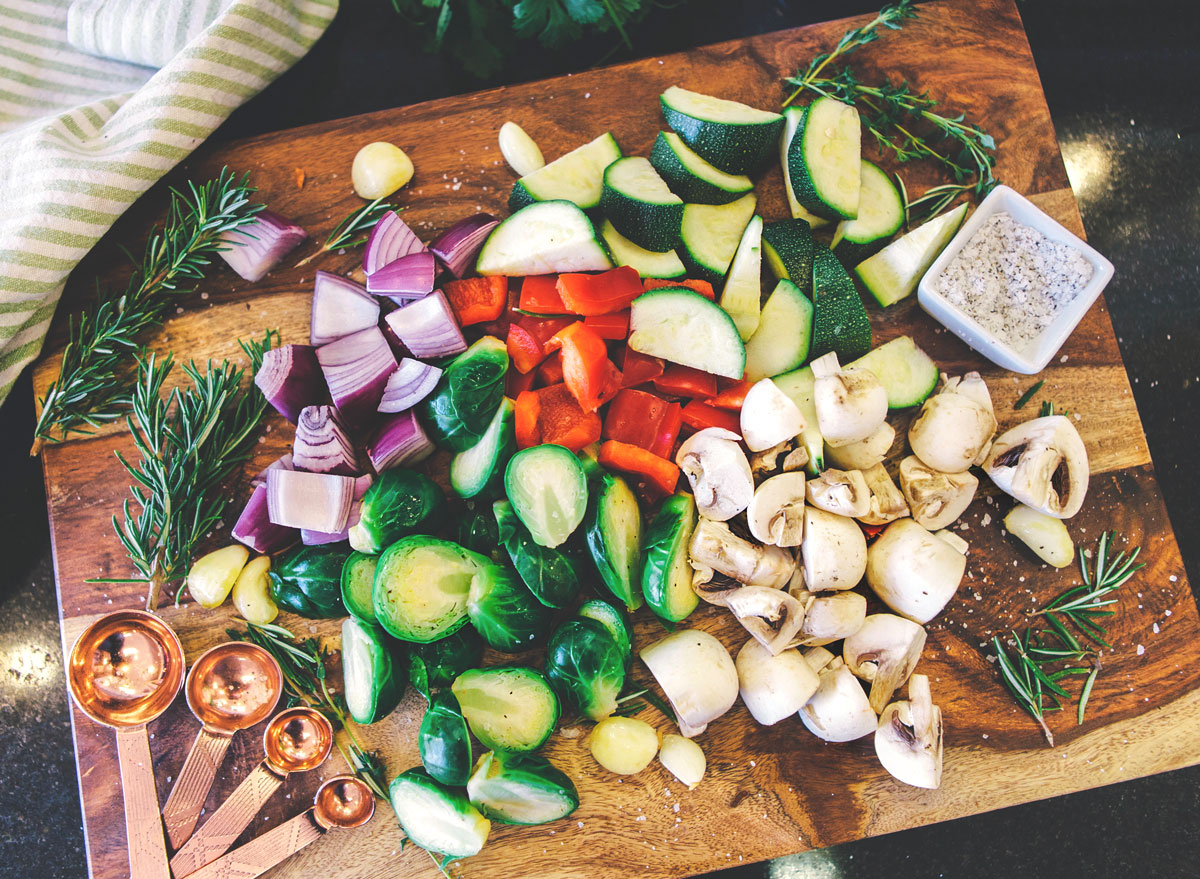
One cutting board should be reserved for fresh produce and bread, while another should be used for raw meat, poultry, and seafood, the USDA recommends. Here's why: You don't want to get bacteria from raw meat, poultry, or seafood on fruits, veggies, or bread that require no additional cooking. Cross contamination is a common kitchen safety mistake, so be careful.
Do use a bamboo cutting board
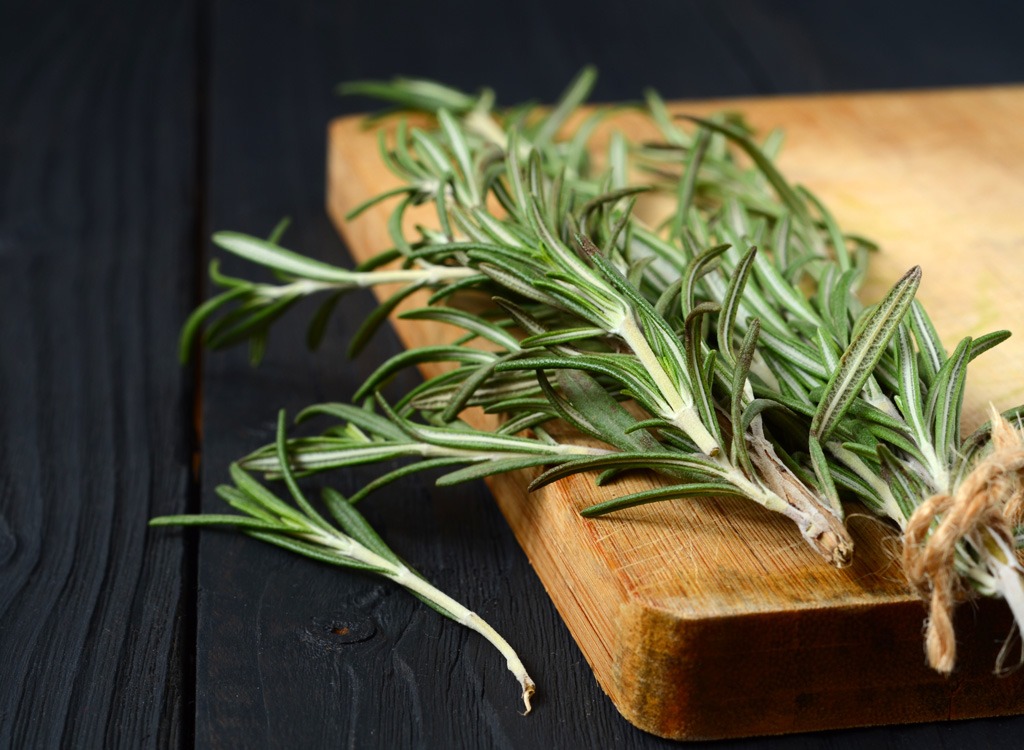
Thumb through a home decor magazine or peruse dream kitchens on Pinterest, and we're willing to bet you'll spot a wood cutting board on display. They certainly look nicer than a scratched-up plastic cutting board, but if you want to go the wood cutting board route, opt for one made with bamboo. The material absorbs little moisture and isn't as easily scarred from knives, which makes it more resistant to bacteria than other woods.
Do replace cutting boards frequently
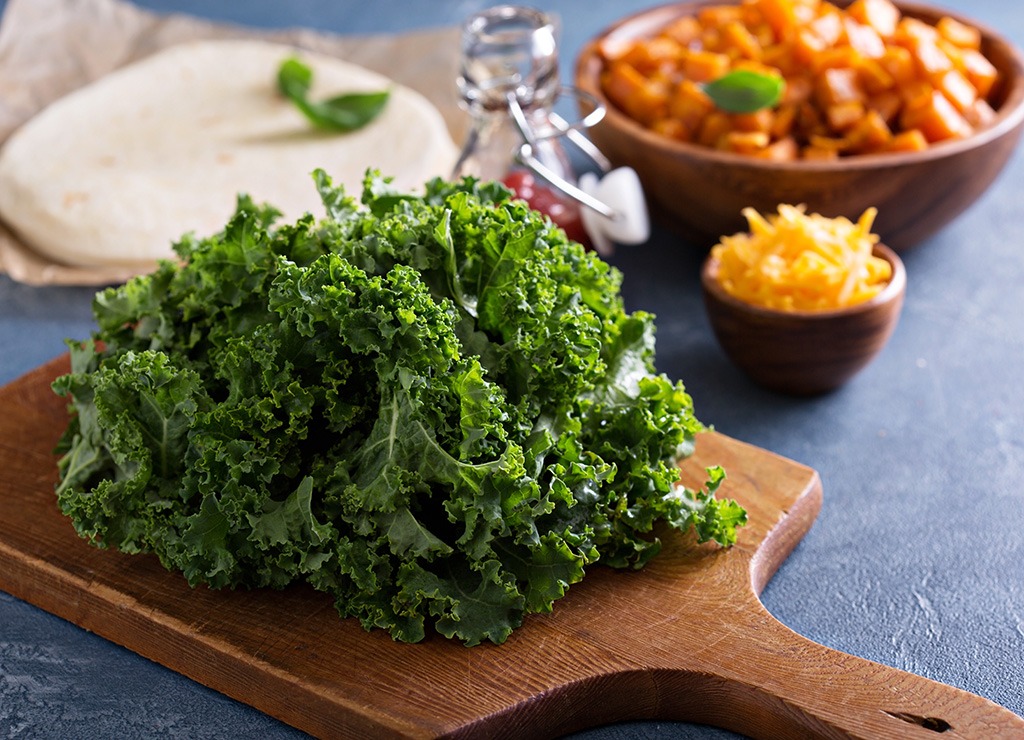
Whether you prefer wood or plastic, cutting boards need to be replaced more often than you'd think. Consider their lifespan to be up once they develop hard-to-clean ridges and grooves.
Do clean your cutting boards with care
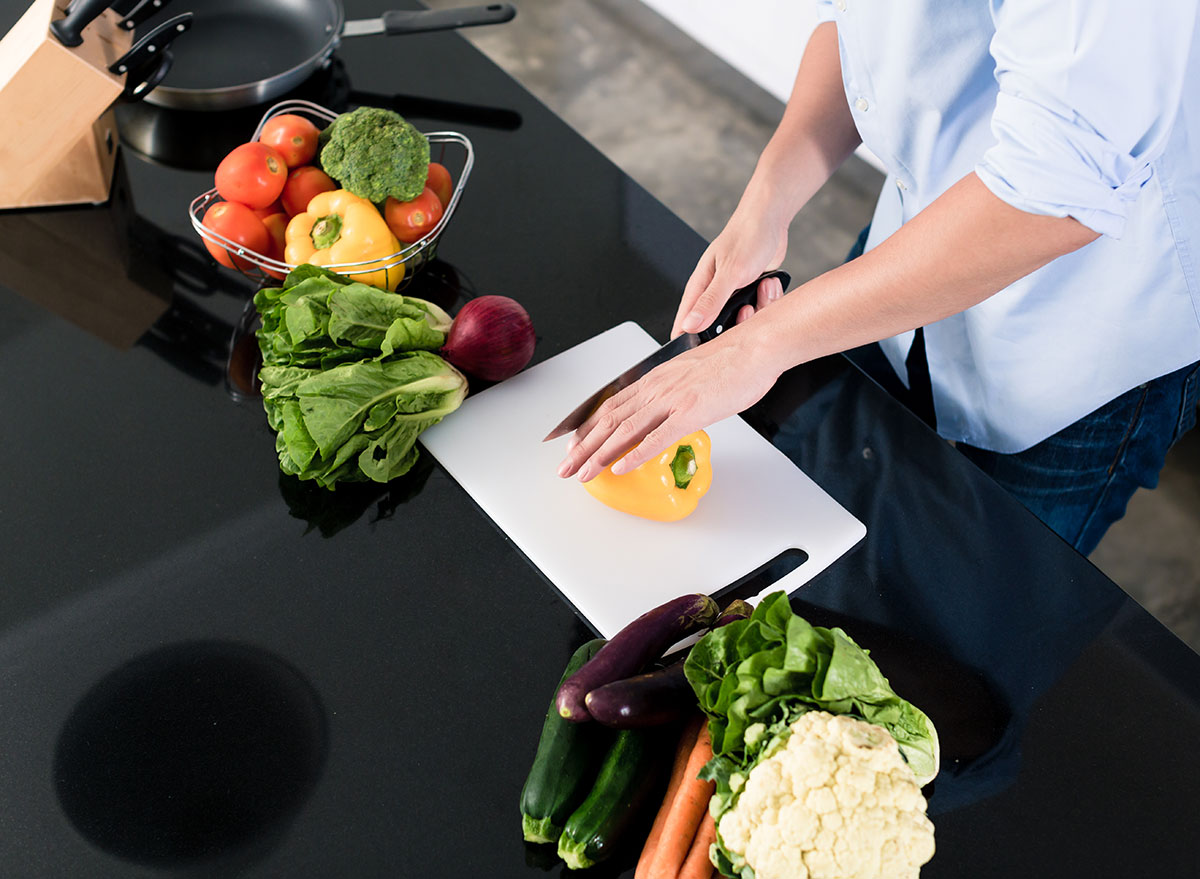
Because cutting boards can be hosts for bacteria, it's important to clean them each time you use them. To get this right, use hot, soapy water; rinse with clear water; and air dry or pat dry with clean paper towels. Solid wood boards and nonporous acrylic, plastic, or glass boards can go in the dishwasher. Laminated boards might crack and split, so it's best to hand-wash those varieties.
Do clean your sponges daily
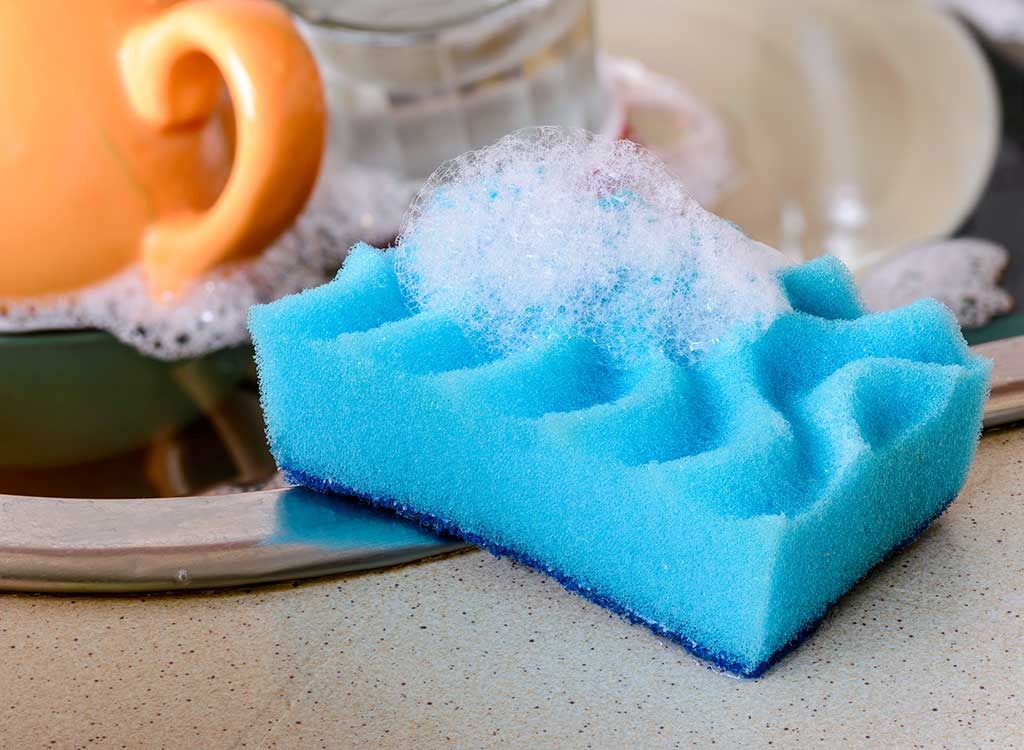
Sponges are notorious breeding grounds for bacteria, which spells trouble when you use them to wipe up countertops and appliances, spreading germs all over the kitchen. Don't believe us? Sponges are one of the dirtiest spots in the kitchen, alongside things like your refrigerator and dishwasher handles.
To zap bacteria, yeast, and mold from your kitchen sponges, microwave damp sponges for one minute, or toss them in the dishwasher with a drying cycle. You can also mix in 1/2 teaspoon of concentrated bleach in a quart of warm water and soak the sponge in the mixture for a minute.
Do replace your sponges regularly
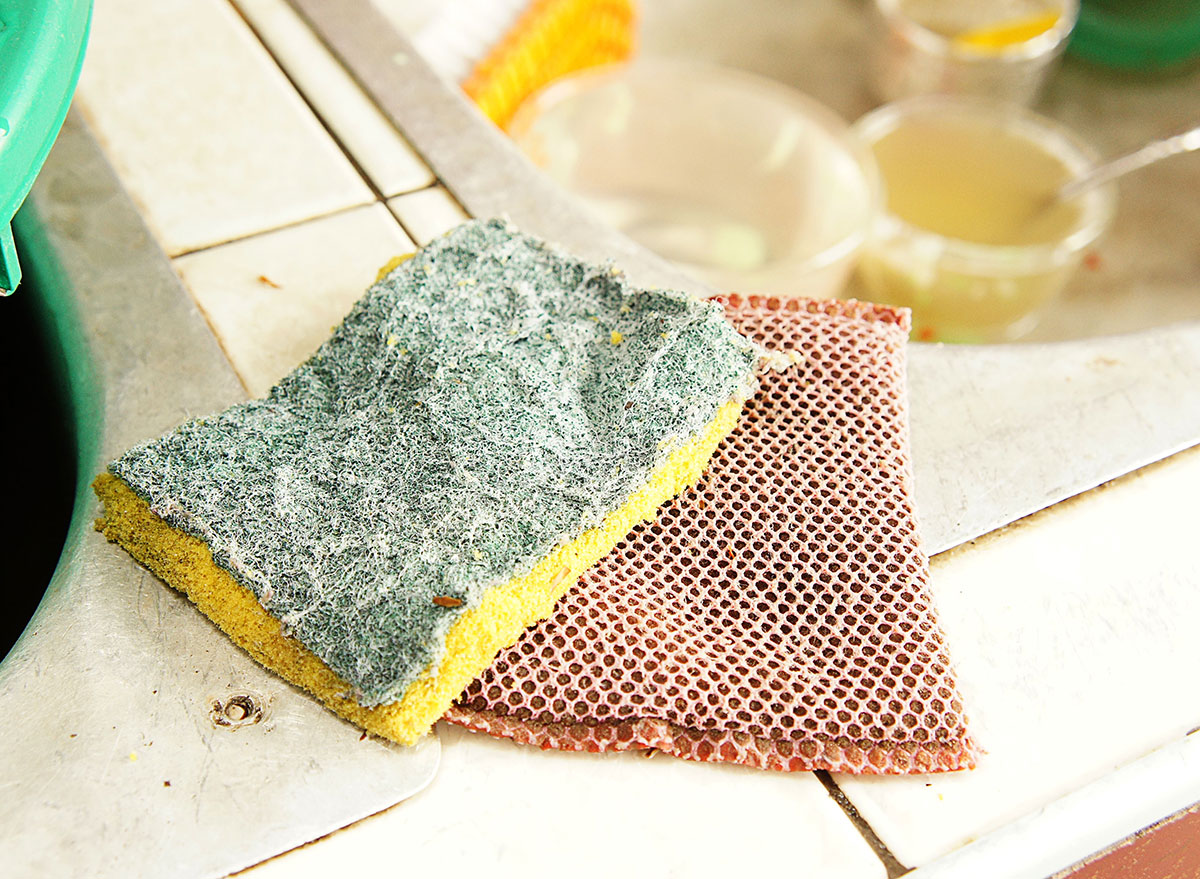
If your sponge gets stinky, toss it. Even if you are regularly washing and sanitizing your sponge, you may need to get rid of it after less use than you'd think. Sponges hold onto a lot of bacteria, and it's better to be safe than sorry.
Do keep your sponges dry
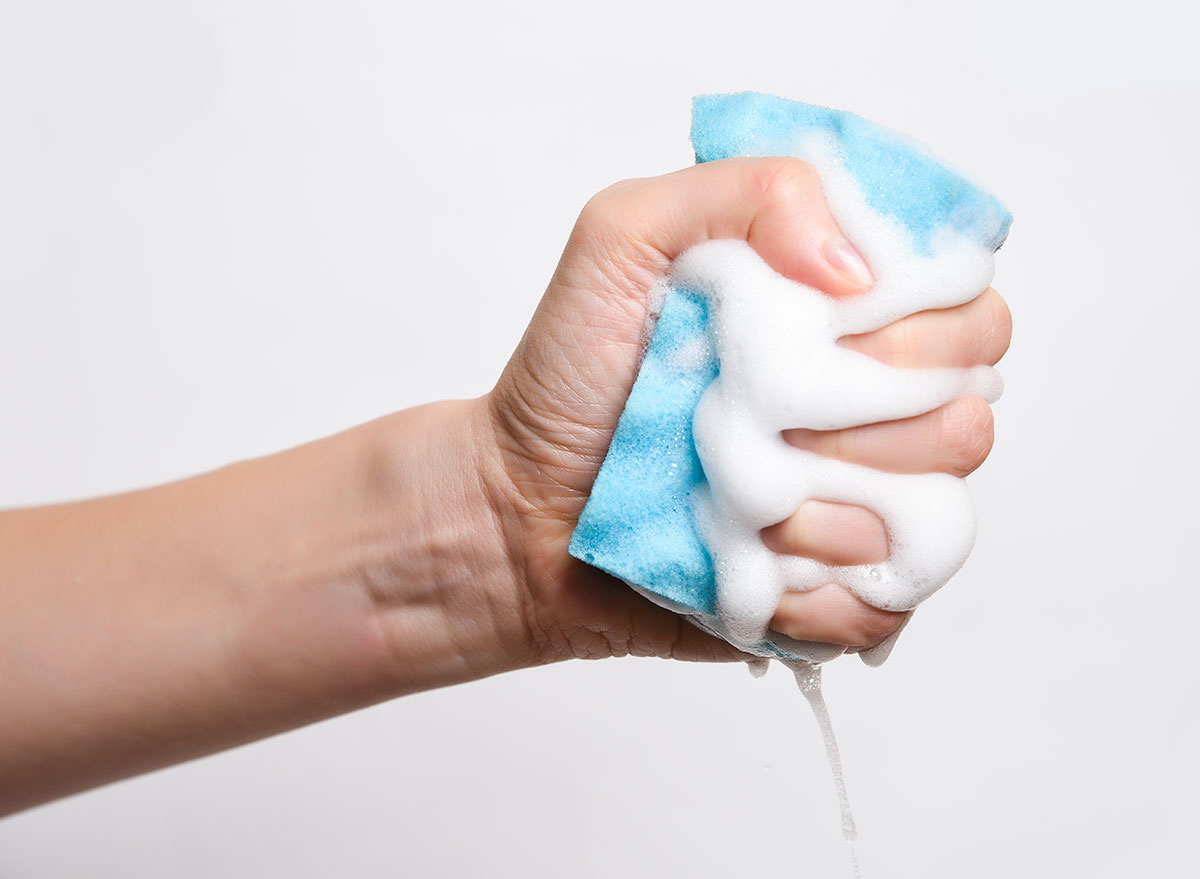
Each time you use your sponge, wring it out and wash off the debris and food pieces. Store your sponge in a dry location, too. Allowing it to lay wet on a countertop fosters bacteria growth, which could undo your other kitchen safety measures.
Do eat hard-boiled eggs within a week
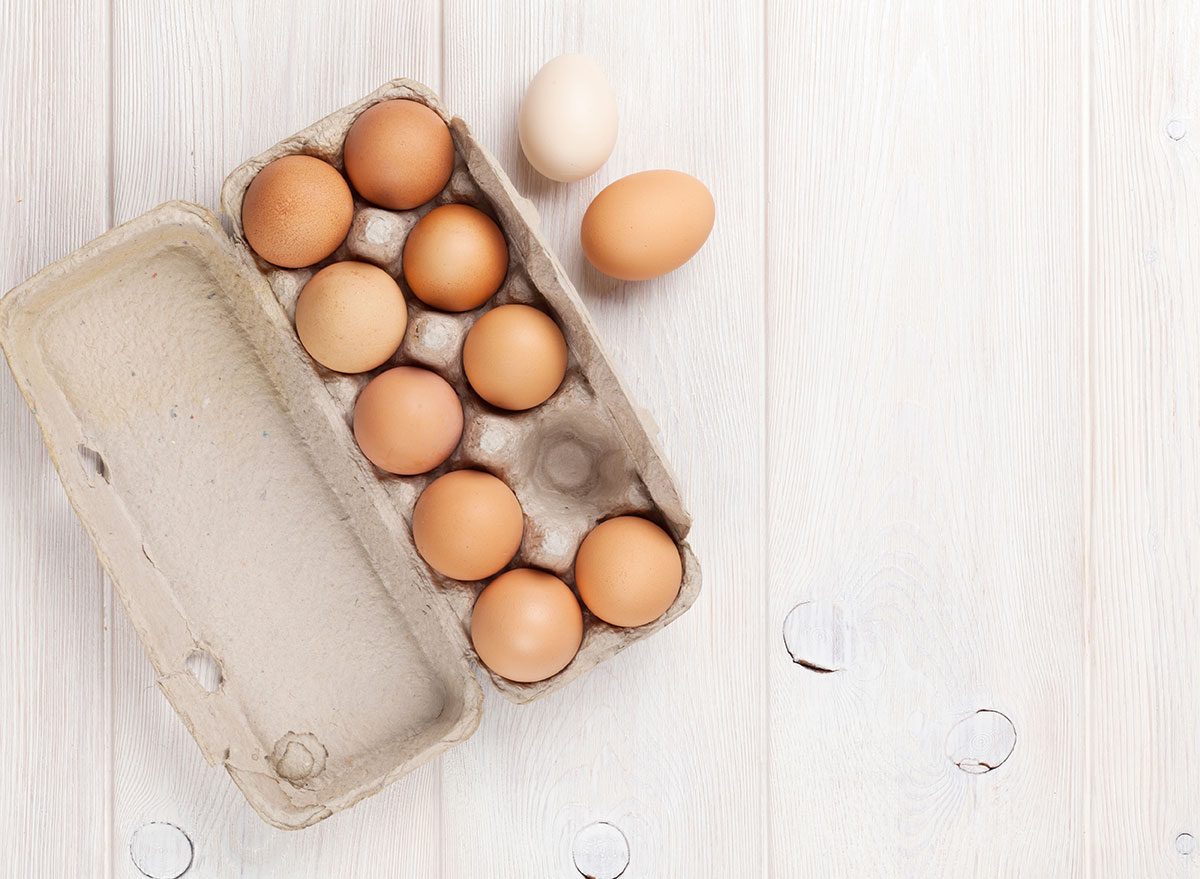
Eggs can be eaten up to three weeks after you purchase them, and it's best to keep them in their original carton, too.
But hard-boiled eggs, whether they're in their shell or not, need to be consumed within a week, according to the FDA. And refrigerated, leftover egg dishes need to be eaten within three to four days.
Do wrap leftovers well
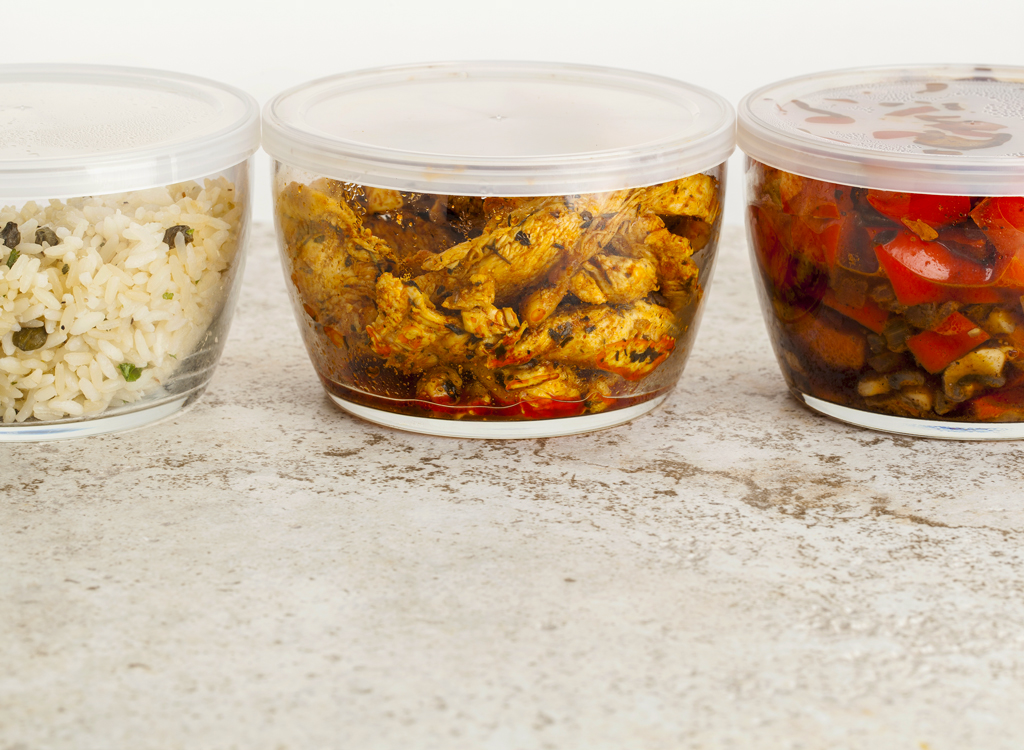
To best store your leftovers, they should be in airtight packages or sealed in storage containers, the USDA recommends. Tightly wrapped leftovers not only keep bacteria out, but they also will help your food keep its moisture and prevent it from picking up odors from other foods in your refrigerator.
Don't trust your cookbooks blindly
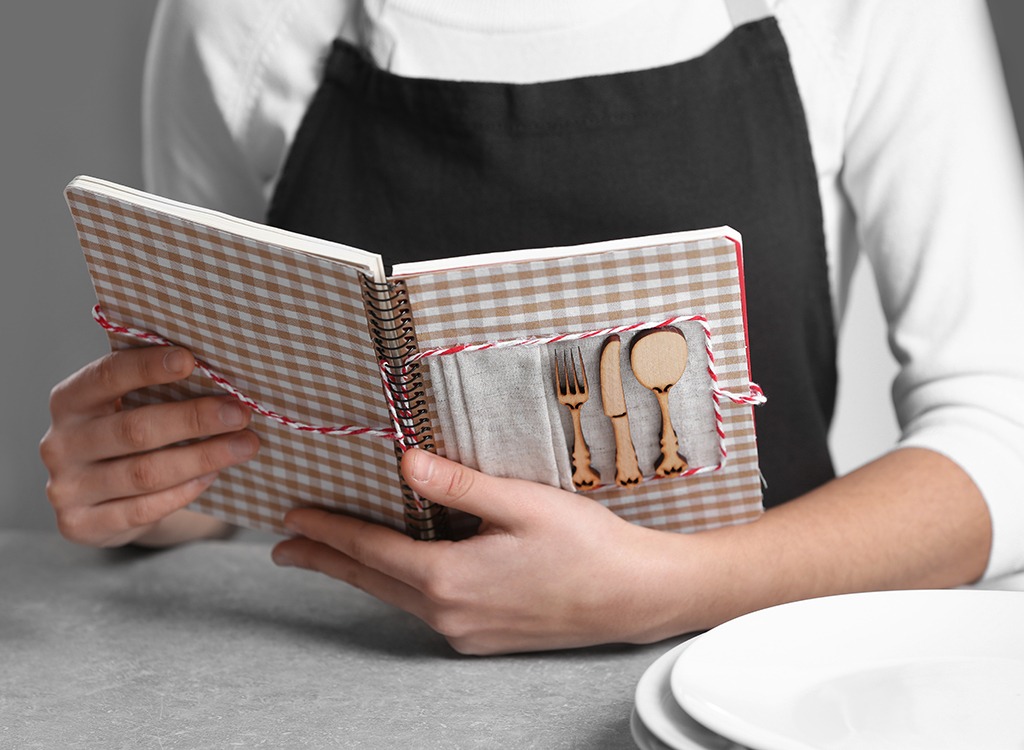
A North Carolina State University study found that cookbooks are dishing home chefs a lot of bad advice. Only eight percent of the recipes reviewed mentioned cooking dishes to certain temperatures, according to the study, and not all of the temperatures listed were enough to reduce foodborne illness risks.
"Cookbooks are notorious for not using good food safety practices," Lange says. Rather, it's best to follow the recommendations of the Centers for Disease Control and Prevention, Food and Drug Administration, and FoodSafety.gov.
Don't trust celebrity chefs, either

Cooking shows also display bad food safety habits, Lange points out. Backing this claim up is a 2016 study from Kansas State University that shows the chefs' common food safety hazards included not changing the cutting boards between raw meat and veggies that wouldn't be cooked, not using a meat thermometer to check meat doneness, and not washing their hands. The majority of chefs in the study also licked their fingers, a huge no-no.
Don't eat leftover pizza that's been left out overnight
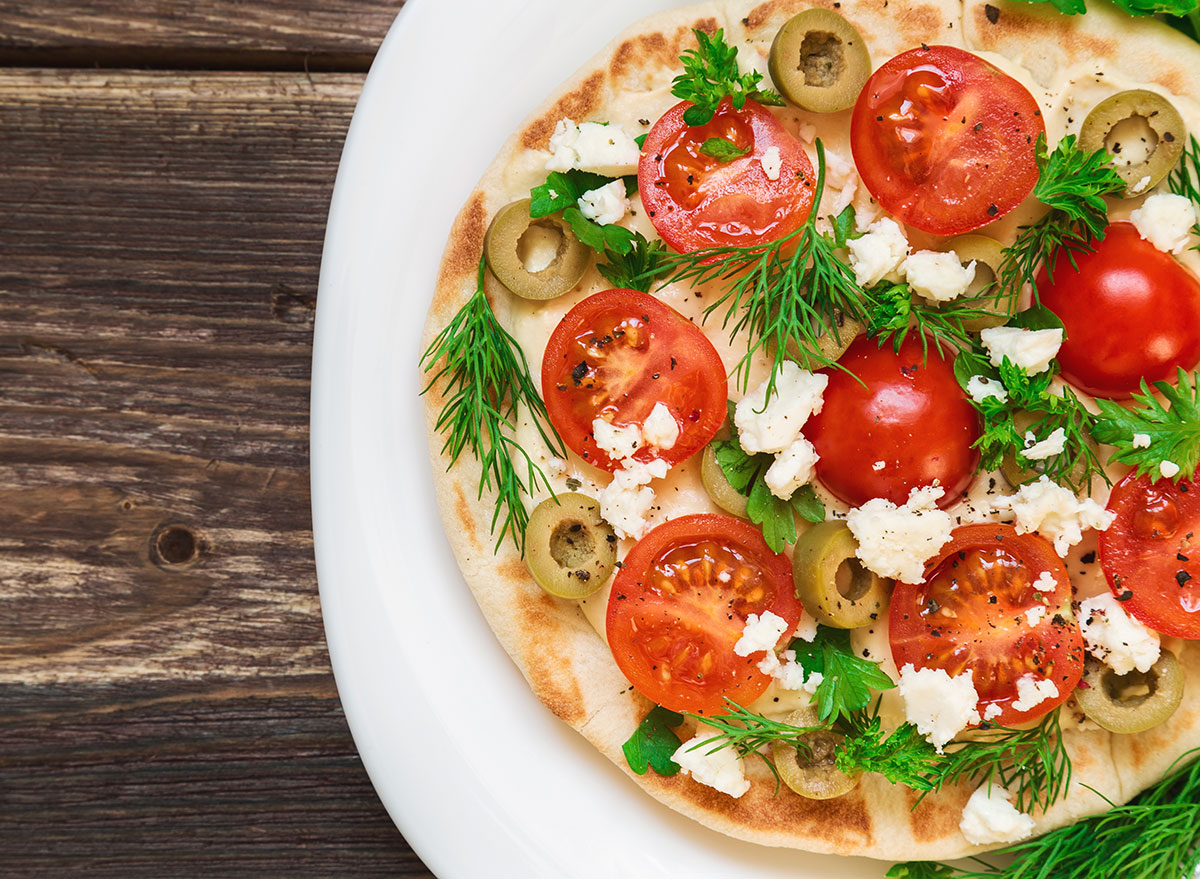
Even if it's a veggie lover's pizza without any meat on it, pizza shouldn't be left out too long. In fact, it needs to be stored in the refrigerator after two hours, according to the United States Department of Agriculture Food Safety and Inspection Service. Bacteria grow rapidly between 40 degrees and 140 degrees, so eating a slice that sat out for hours isn't worth the risk.
Don't wash raw meat
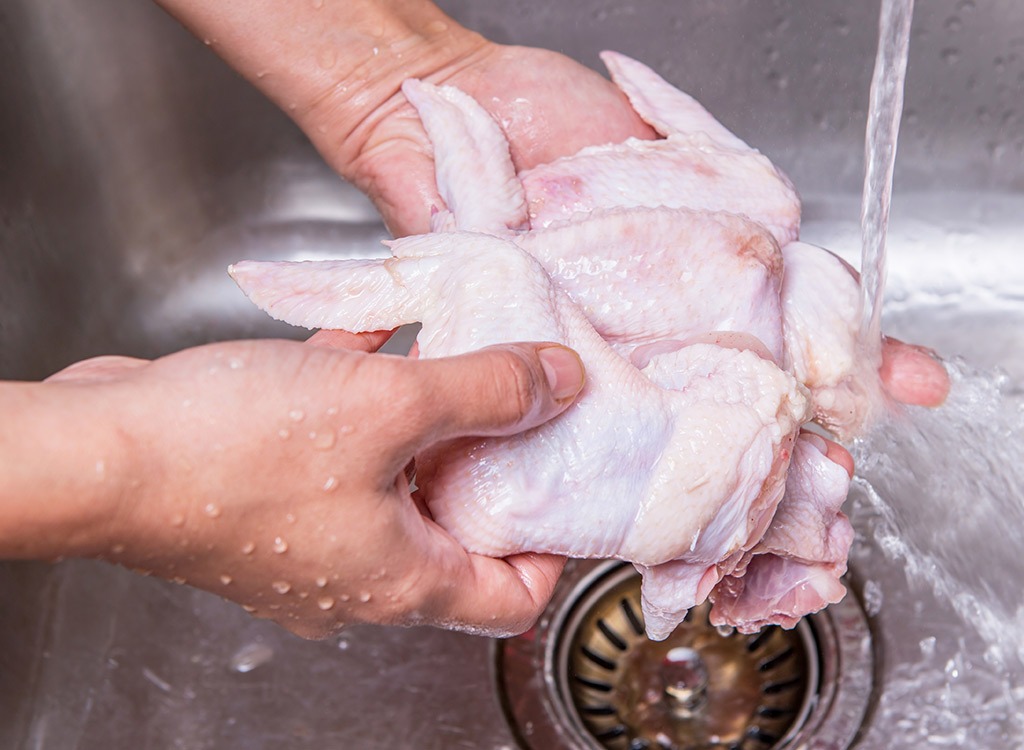
Many people mistakenly think that washing raw chicken, beef, lamb, or veal will get the germs off of it before cooking, Lange says. But, really, the bacteria in raw meat and poultry juices can be splashed on surfaces in your kitchen, or it can cross-contaminate other foods, utensils, and surfaces. Rinsing meat is a huge kitchen safety no-no; if this is a habit of yours, you should stop.
"In actuality, it just gets germs all over your kitchen, where they can grow and make you sick," Lange says. Plus, some of the bacteria in raw meats are so tightly attached, you wouldn't be able to remove them from washing. Cooking meat to the right temperature will kill the bacteria, so washing it beforehand is not necessary, according to the USDA.
Don't store your baked potato in aluminum foil
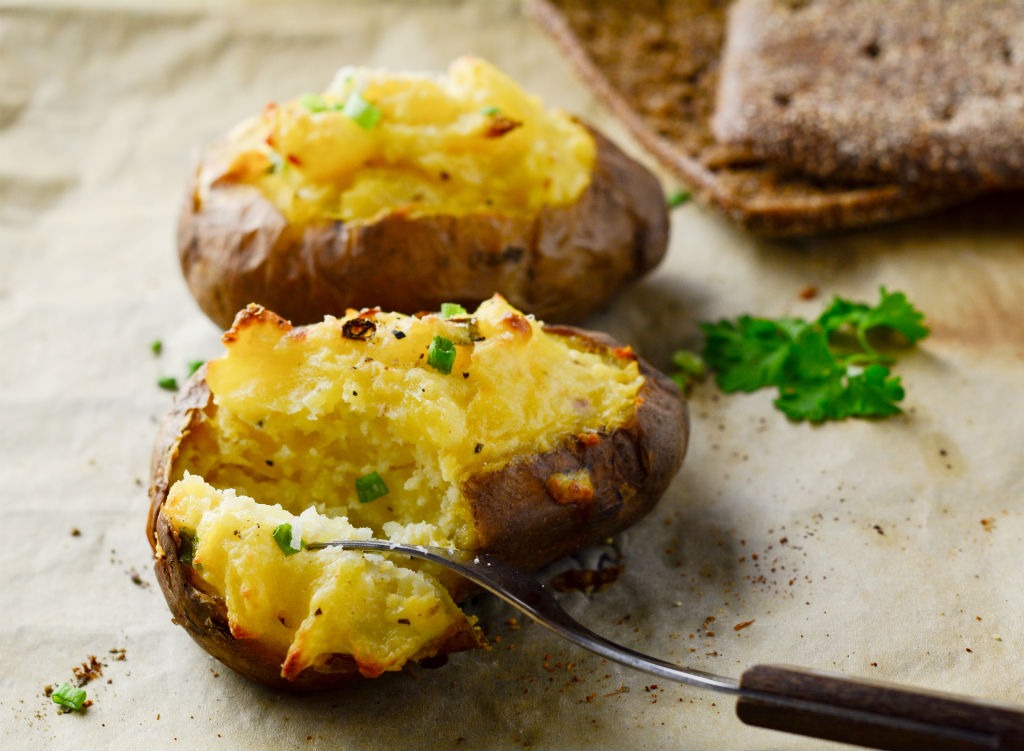
As it turns out, clostridium botulinum, the bacteria that causes botulism, thrive in low-oxygen environments like foil-wrapped baked potatoes, says Katie Heil, a certified professional in food safety (CP-FS) and senior editor for StateFoodSafety.com.
"While aluminum foil is useful for baking potatoes, you should always take it off after the potatoes are done cooking," Heil says. Don't allow potatoes to cool to the "temperature danger zone" of 41 to 135 degrees Fahrenheit while they're still in the foil, because bacteria can thrive. It's best to serve your baked potatoes soon after they come out of the oven. Plus, when you stash them in the refrigerator, do so without their foil wrapping.
Don't put hot food in the freezer or fridge
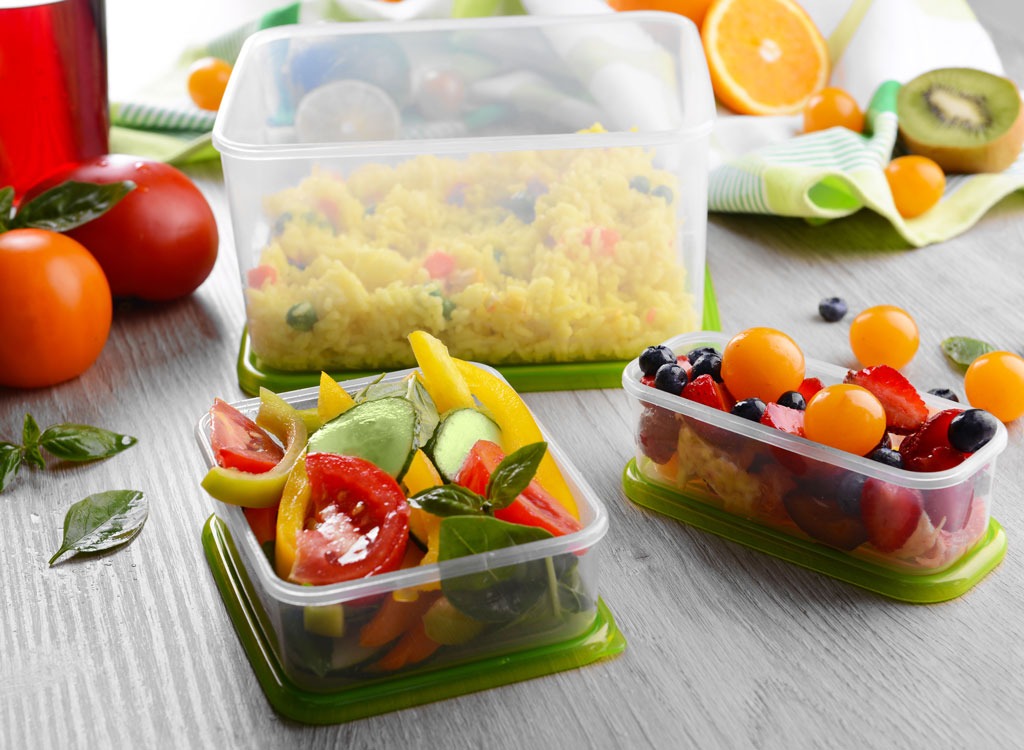
You meal prepped for the week. (High-five!) Before you put that piping hot food in the freezer, though, think twice. You want to cool it first, says Lariena Lee, R.D., and Chief Clinical Dietitian at Upper East Side Rehabilitation and Nursing Center in New York. Otherwise, you run the risk of causing a mini heat wave in the freezer, increasing the temperature of other foods, which could translate to bacterial growth, she says.
You'll also want to allow hot foods—such as stews, casseroles, and pasta—to cool on the counter or stovetop before placing them in the fridge. The FDA recommends cooling foods to 70 degrees Fahrenheit within the first two hours after cooking and 40 degrees Fahrenheit within four hours after that.
Don't keep eggs on the refrigerator door
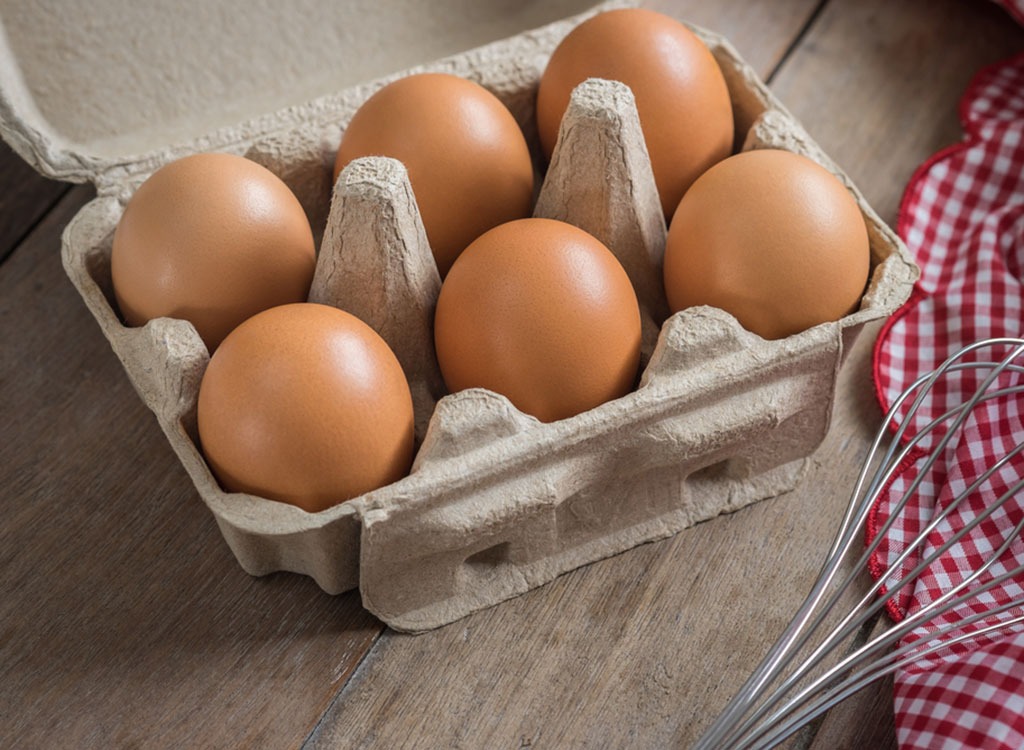
Eggs should be left in their carton in the main part of the refrigerator, rather than on the door. The temperature of the refrigerator door is too warm for safe egg storage, the FDA warns.
Don't thaw meat at room temperature
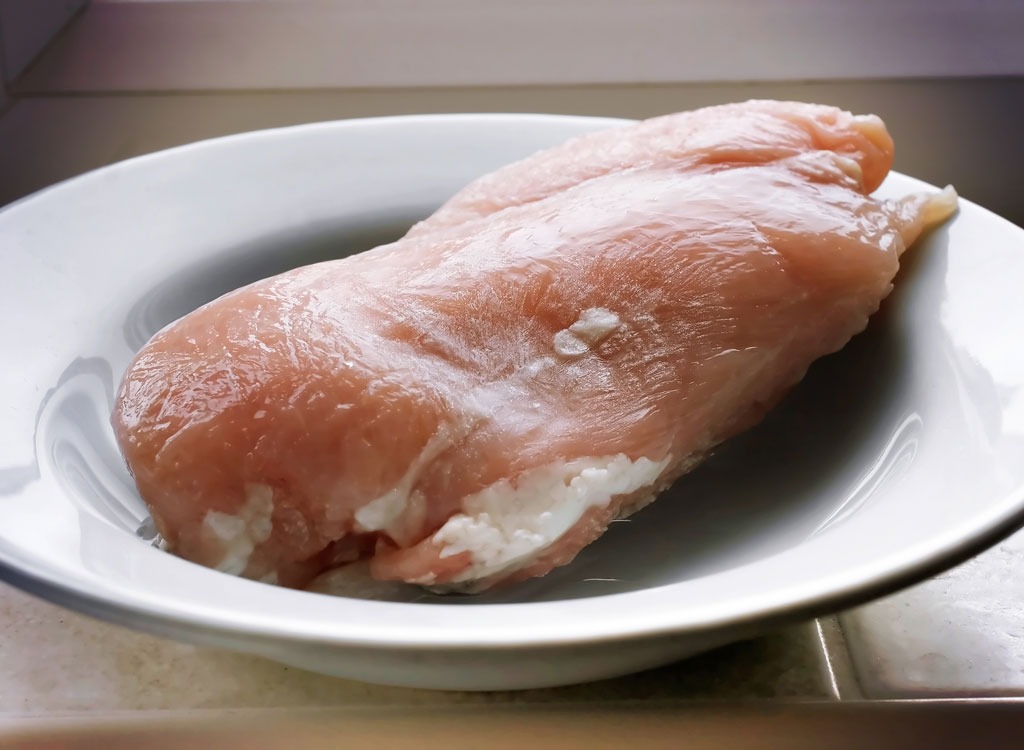
Room temperature is within the temperature danger zone. "Depending on how much meat you're thawing, it can take hours to thaw completely, by which time the sheer number of bacteria have made the meat unsafe to eat, even after cooking," Heil says.
Acceptable thawing methods include thawing meat in the fridge, under cold water, or in the microwave. To safely thaw meats with cold water, fill your sink until the meat is completely submerged. Replace the water in the sink every half hour to keep bacterial growth under control, and allow about two and a half hours for every five pounds of meat you're defrosting.
Don't keep household cleaners in the pantry

You don't want poisons or chemicals to be next to your food. Don't store non-perishable foods next to your household cleaning products or chemicals, the FDA recommends.
Don't let your leftovers sit in the car too long
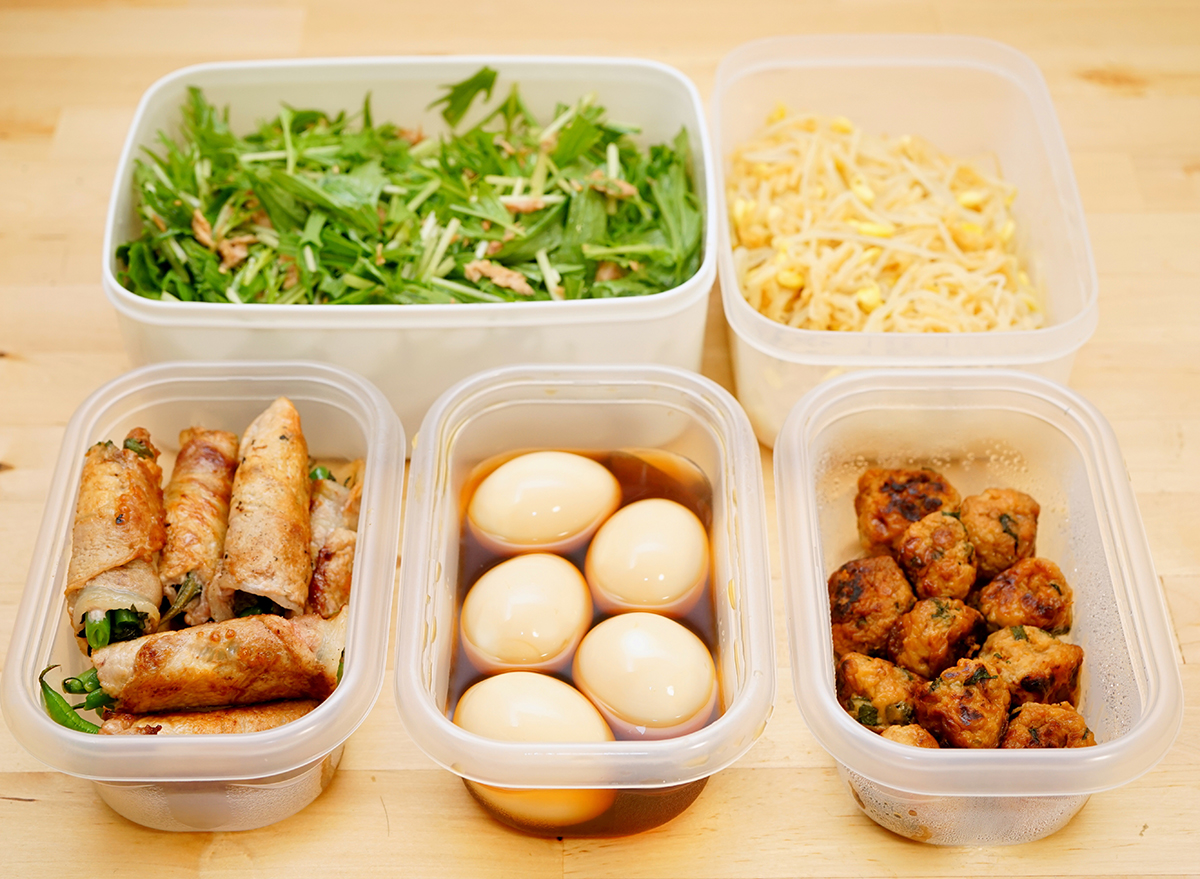
Say you go out to dinner and don't finish your meal—after all, restaurant portions are humongous these days. If you're going straight home, then sure, opt for the to-go box. But if you're headed out to a movie or have other plans after dinner, leave your leftovers on the table. Foods need to make it to the refrigerator quickly, and they shouldn't be left out at room temperature for more than two hours, according to the FDA.
Don't pack your refrigerator or freezer
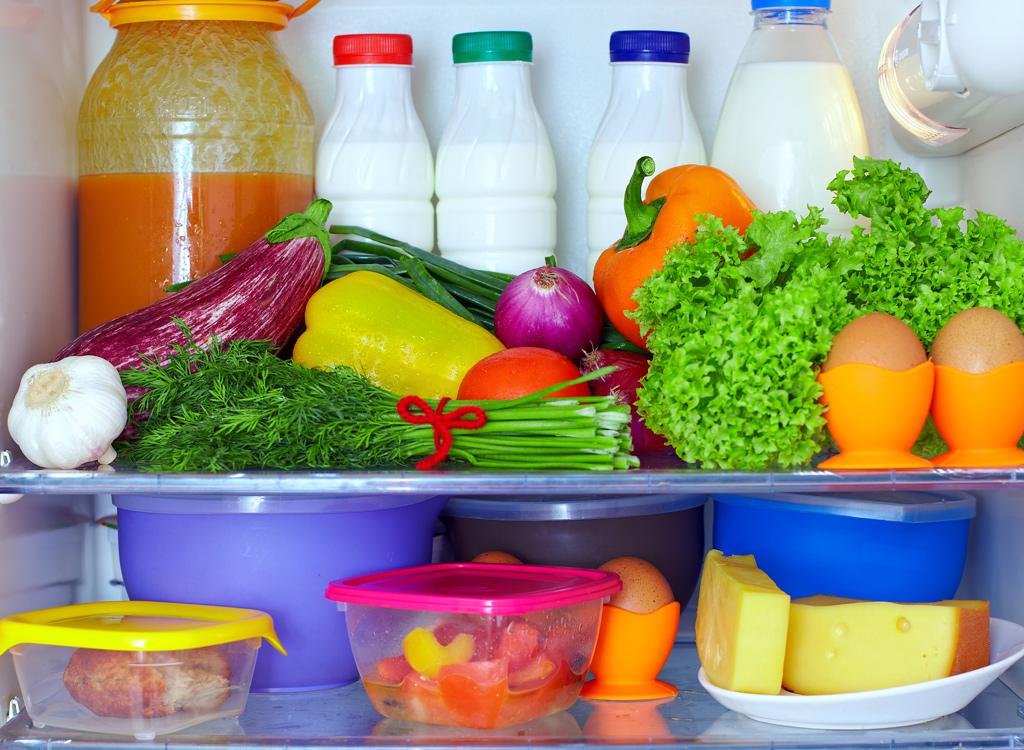
After a grocery run, do you fill up your refrigerator or freezer with your bounty? If so, the crowding could be preventing air from circulating in the fridge or freezer. And that means foods won't be kept at their ideal temperatures, the FDA explains.
Don't put everything in your refrigerator
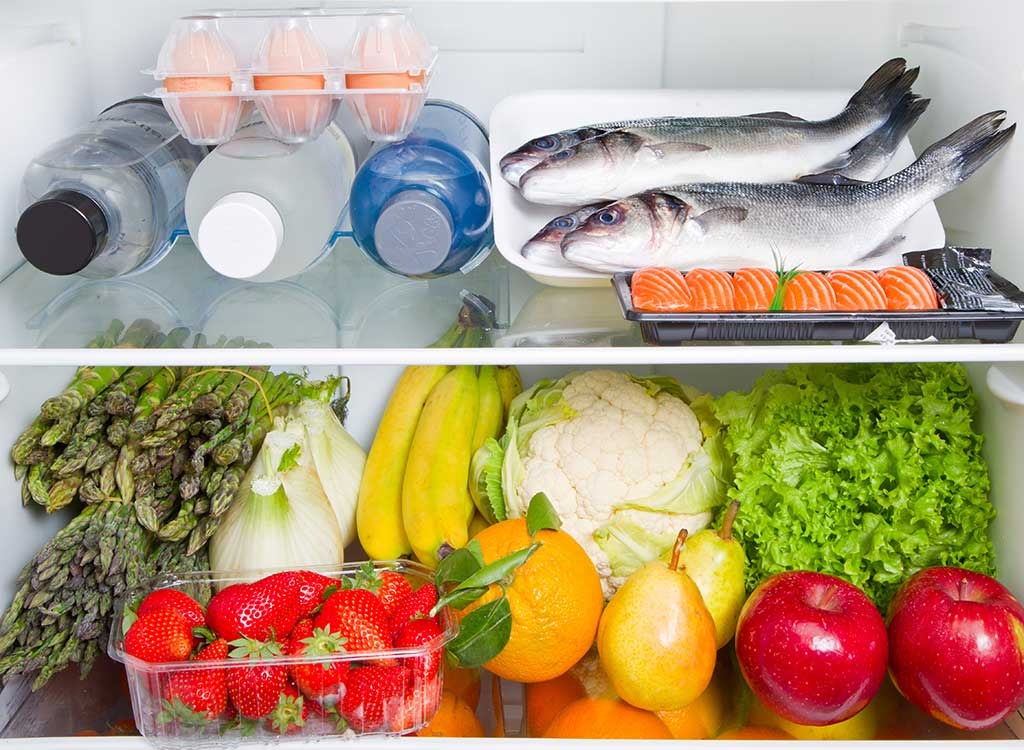
If you need to make room in your refrigerator, there are likely several non-fridge foods that don't need to be there. That includes a couple days' worth of butter (so long as your kitchen is kept 70 degrees or lower), bell peppers, soy sauce, onions, melons, and pickles, to name a few.
Don't rely on taste and smell to determine if food has gone bad
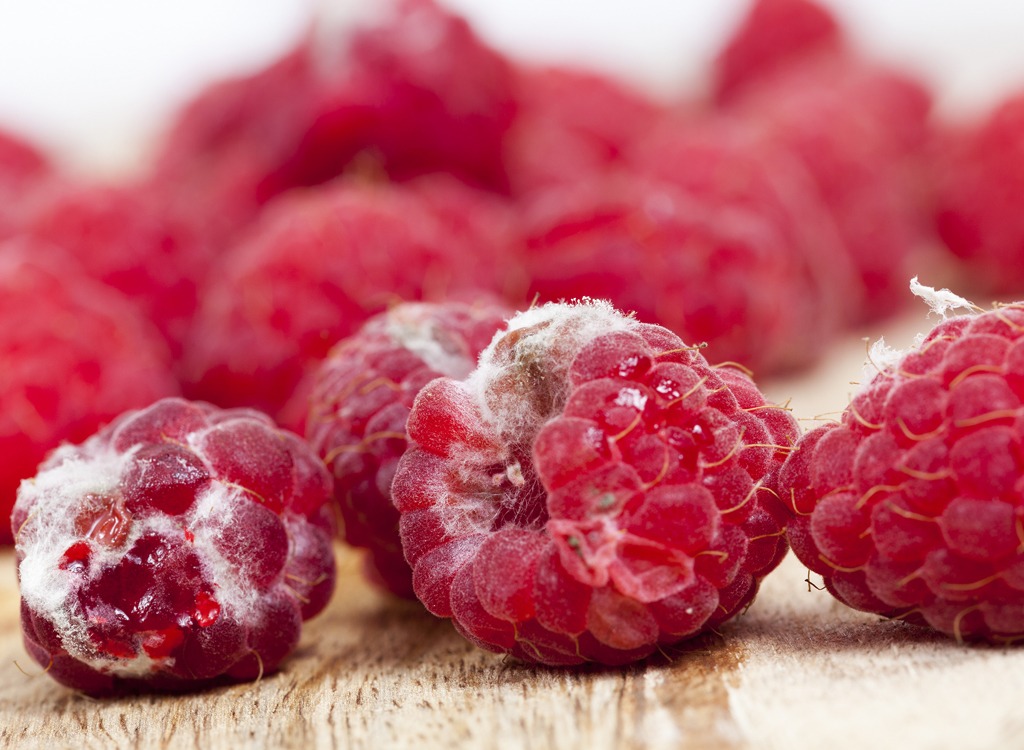
Food can make you super sick, even if it doesn't look or smell or taste spoiled. Yes, if your food is growing mold, toss it out. But foodborne illnesses won't give you any "yuck" signs, because pathogenic bacteria is different from the spoilage bacteria that can make food go bad.
The harmful types of bacteria are present in raw and undercooked meat, poultry, and seafood, and they can also be in milk, eggs, fruits, and vegetables. Keeping these foods properly chilled slows the growth of bacteria.
Don't simply trust expiration dates
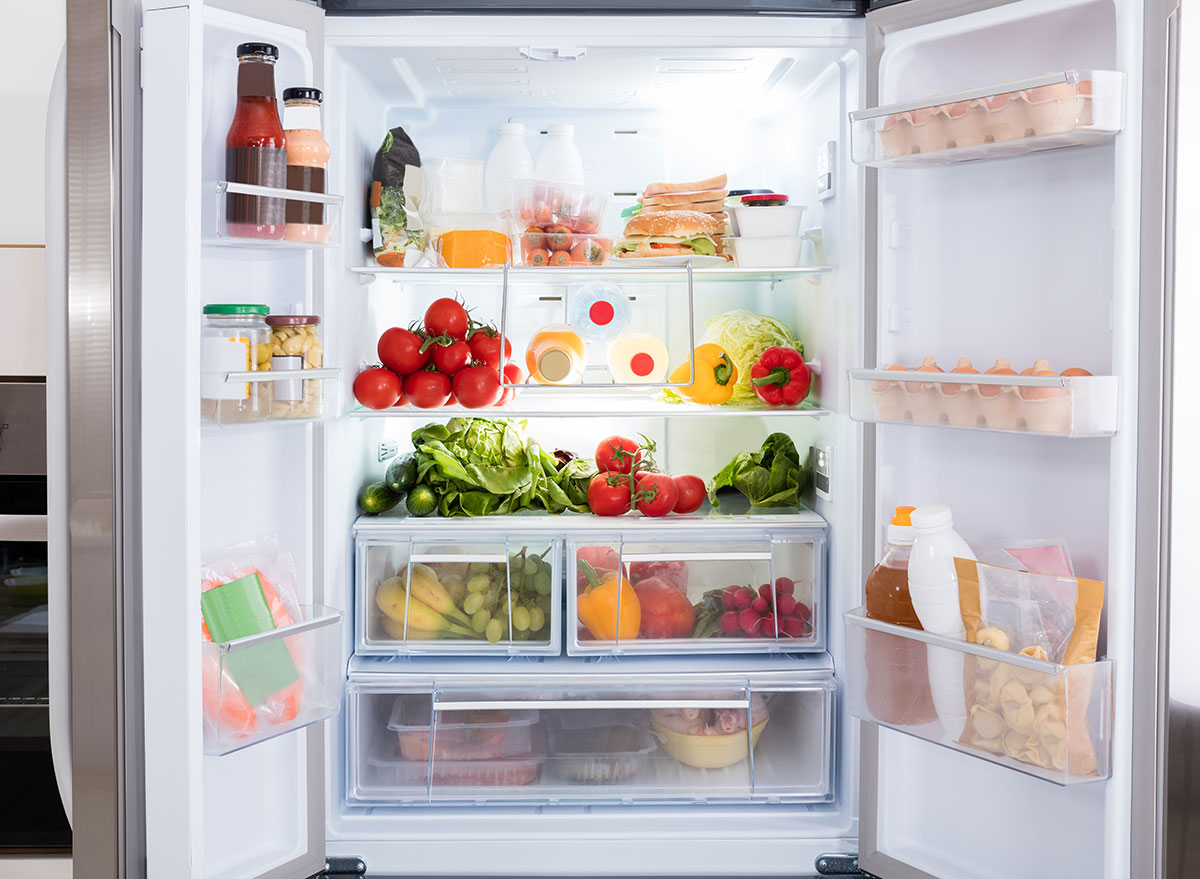
A "use by" date means the manufacturer recommends you use the product by a certain date for the best flavor or quality, but the date is not actually a food safety date. While the product may change in taste, texture, color, or nutrient content after the "use by" date, it may very well remain safe to eat past that date. An exception to this rule is infant formula and some baby foods, which must be used by the "use by" date that appears on the package.
Don't go by freezer burn
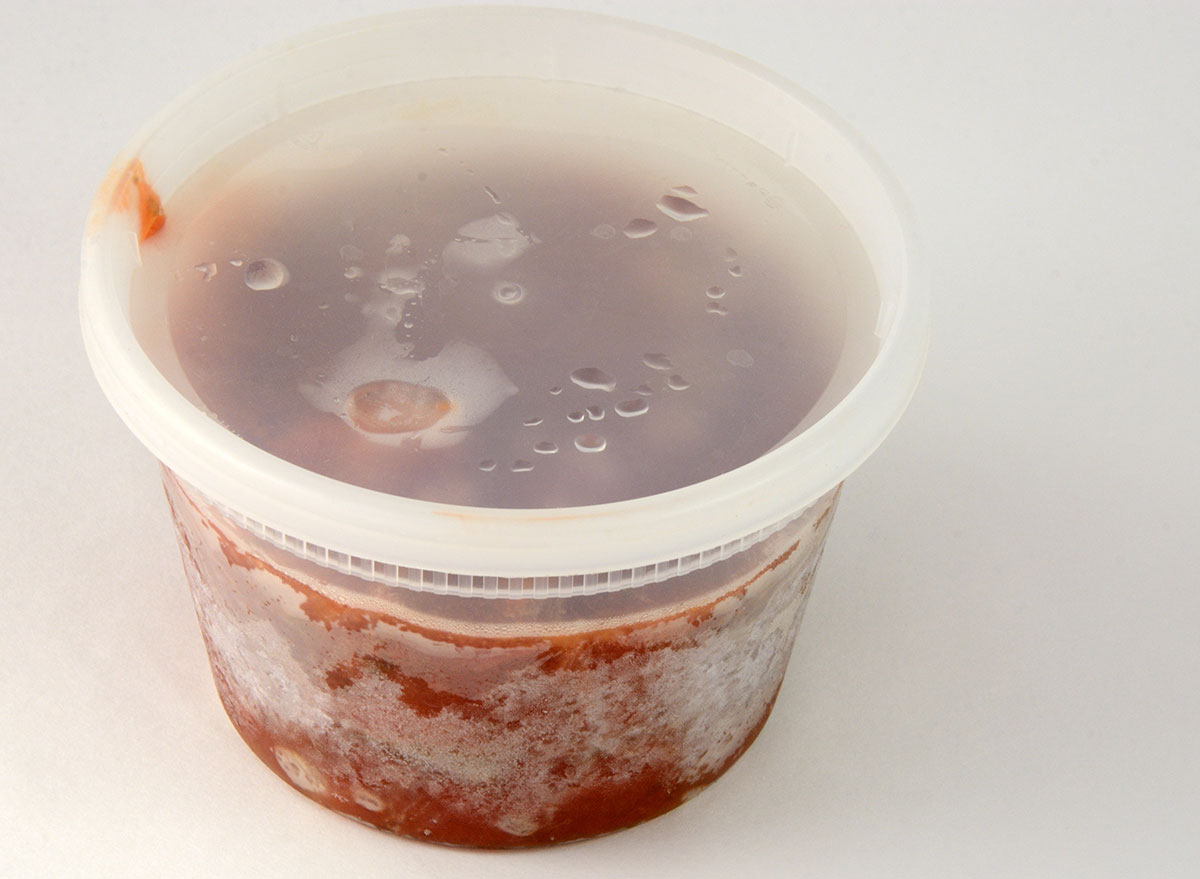
Clumps of ice crystals fusing on chunks of fruits or grayish-brown leathery spots on meat are telltale signs of freezer burn. While the texture and appearance may turn you off, freezer burn is a food quality issue, not a food safety problem.
If an entire piece of meat has freezer burn, or the ice crystals have staged a massive takeover in your pint of ice cream, you may want to toss 'em, because the food won't taste great. Otherwise, you're safe to scrape off the freezer burn and eat those foods—they're totally safe.
To avoid freezer burn in the future, be sure to securely wrap food in air-tight packaging so that it doesn't get dried-out in spots.
Don't re-wash pre-washed greens
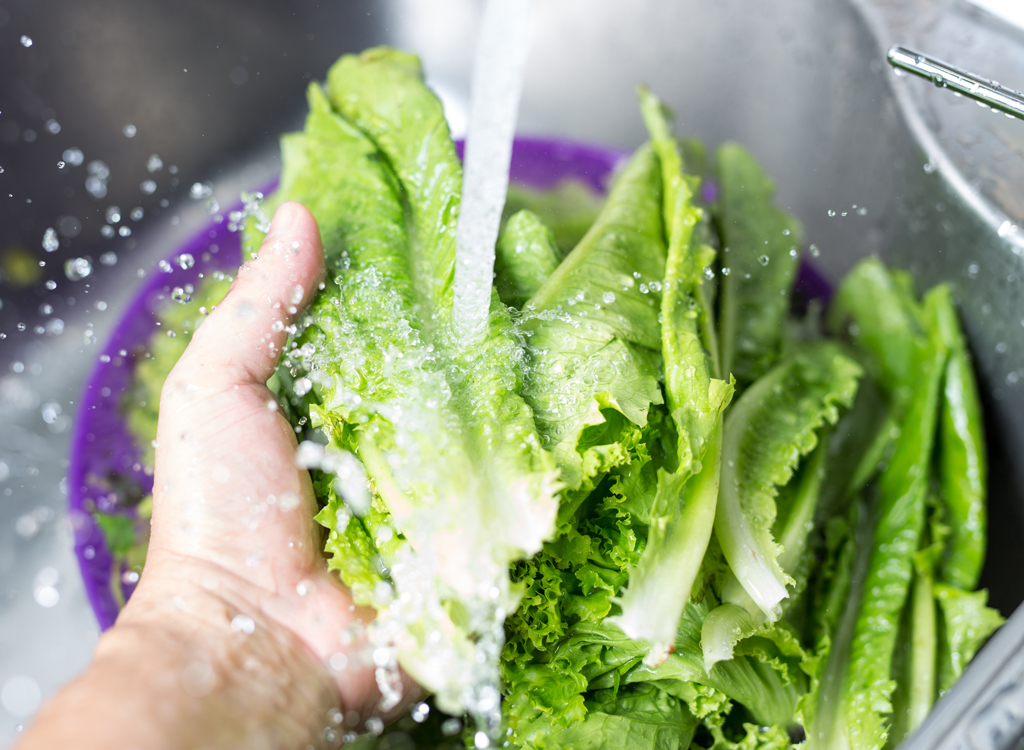
If you picked up a salad in a bag or other pre-washed greens, don't worry about re-washing it. You can just use them "as-is." In fact, re-washing could do more harm than good because you could be introducing the greens to bacteria from your sink and counters.
Don't crack your eggs in the bowl
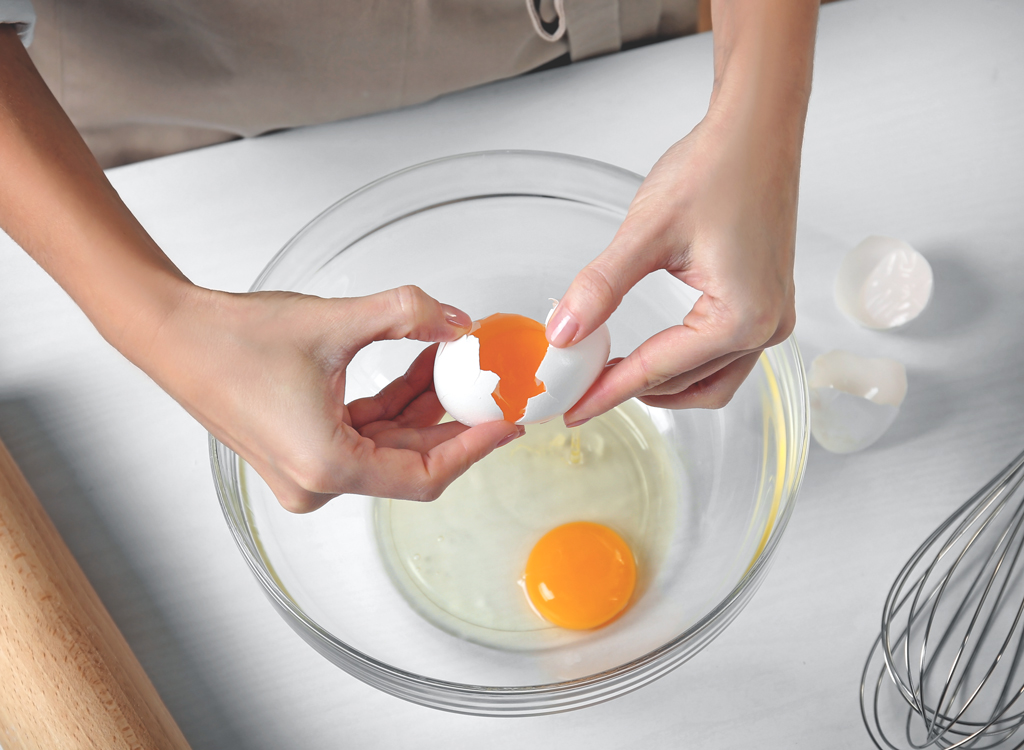
Even if you're an expert egg cracker, it's possible a shell can slip into the bowl and contaminate your baking mix. You also don't want any egg drippings to hit the counter. It's better to tap the egg on your counter and open it in a small, separate bowl. Check the egg for quality, and then add it to the larger bowl. Quickly sanitize the counter.
Don't wipe up meat juices with a sponge
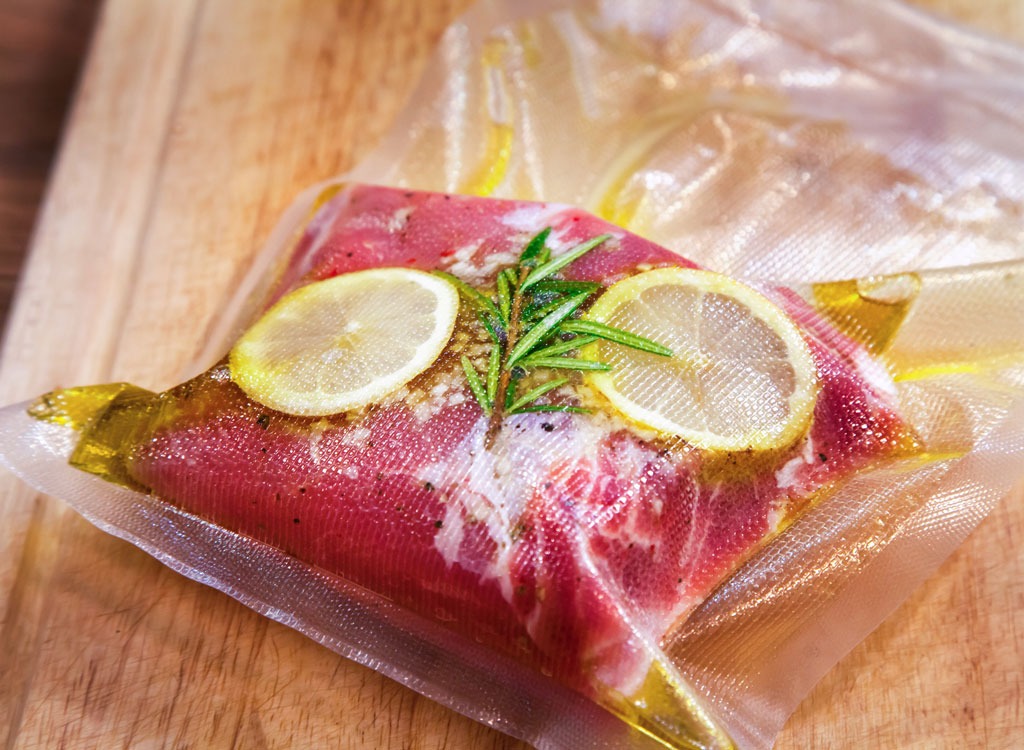
Instead, you should use a paper towel or disinfectant wipes to clean up any meat juices that spill or leak in your refrigerator or on the counters. Toss the paper towels or wipes immediately. Using a sponge to wipe up meat juices is a no-no because the sponge could spread the pathogens around the rest of the kitchen.
Don't use sponges on countertops
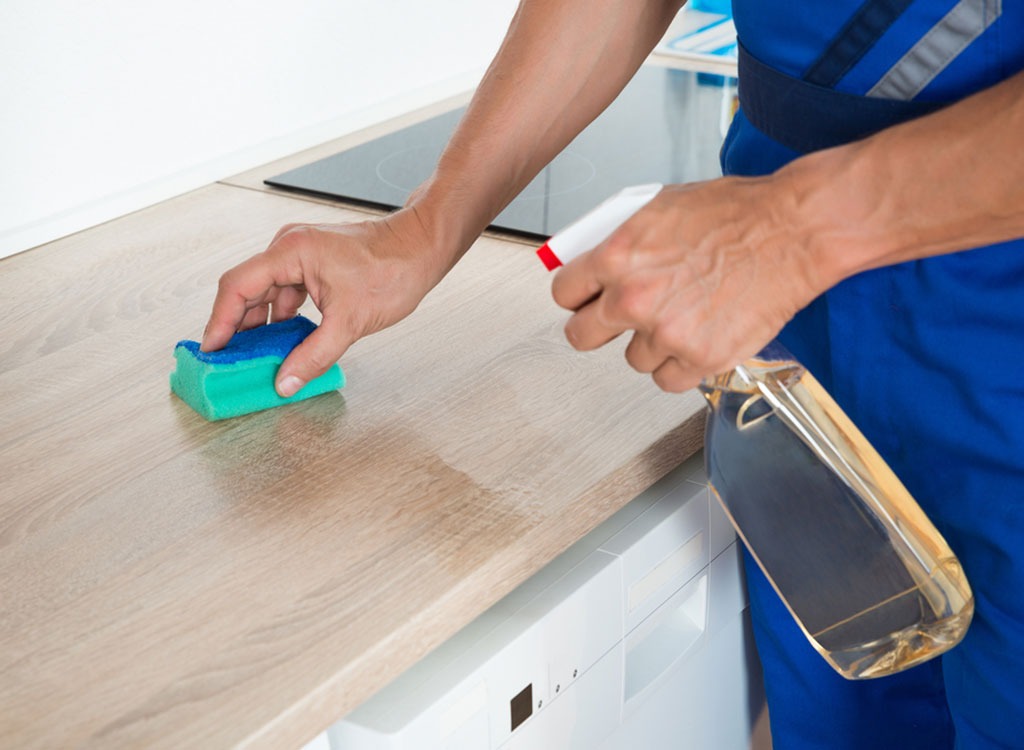
Sponges are loaded with bacteria, so you don't want to spread germs all over your countertops with the sponge. Instead, use a paper towel or disinfectant wipe to clean your countertops.
Don't forget to wash your dishcloths
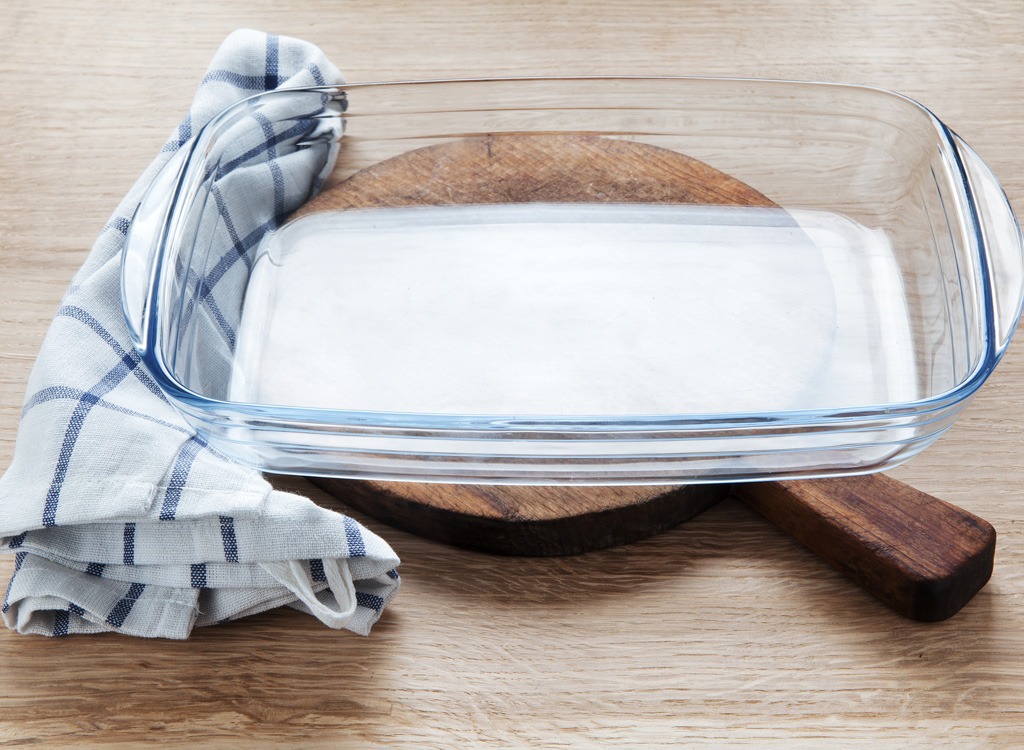
They may not be as porous as sponges, but dishcloths need to be frequently washed, too, because they can also carry harmful bacteria. Dishcloths should be washed in hot water and dried on high heat to make sure they're as clean and germ-free as possible.
Don't store your leftovers for too long
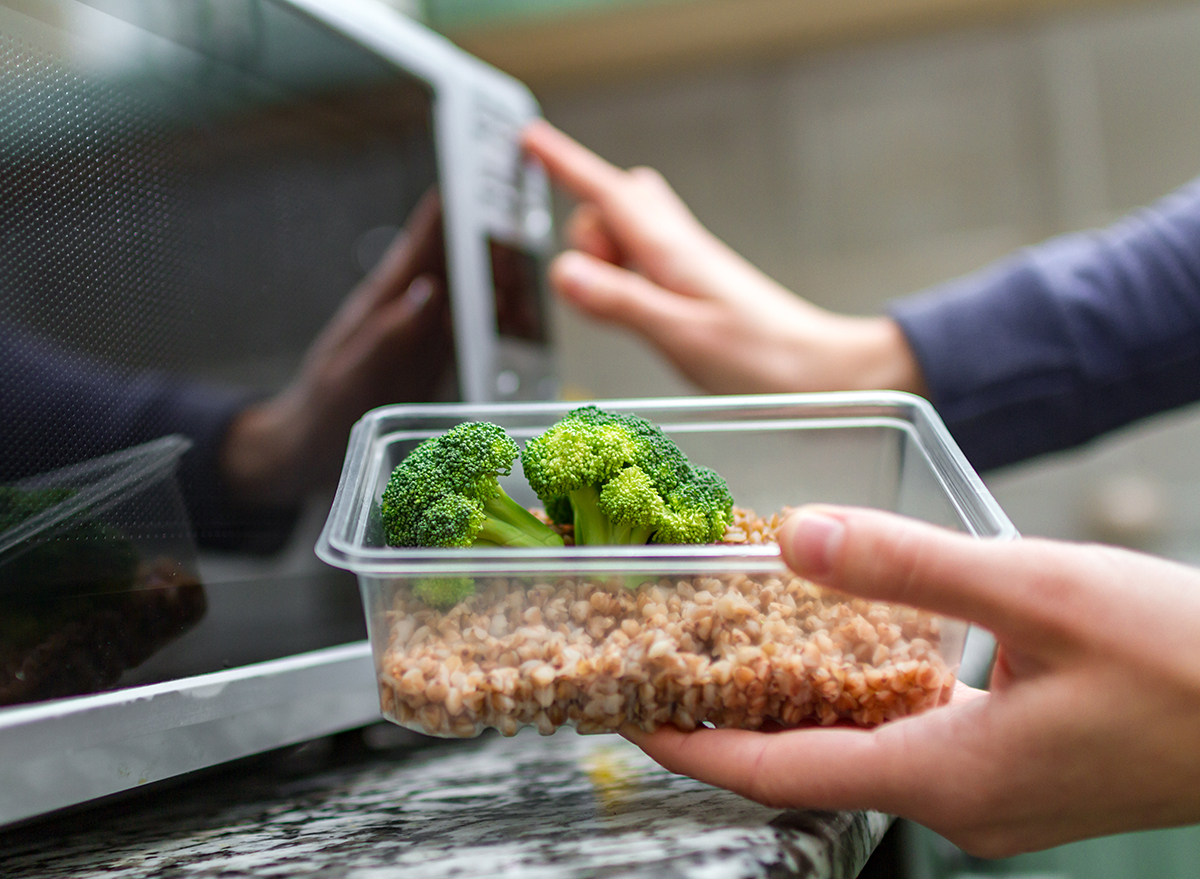
They can be kept for three to four days in the refrigerator, and three to four months is good in the freezer. While your food will stay safe longer in the freezer, frozen leftovers dry out (hello, freezer burn!) and lose flavor when they are frozen for too long, the USDA explains.
Don't taste your food to see if it's spoiled
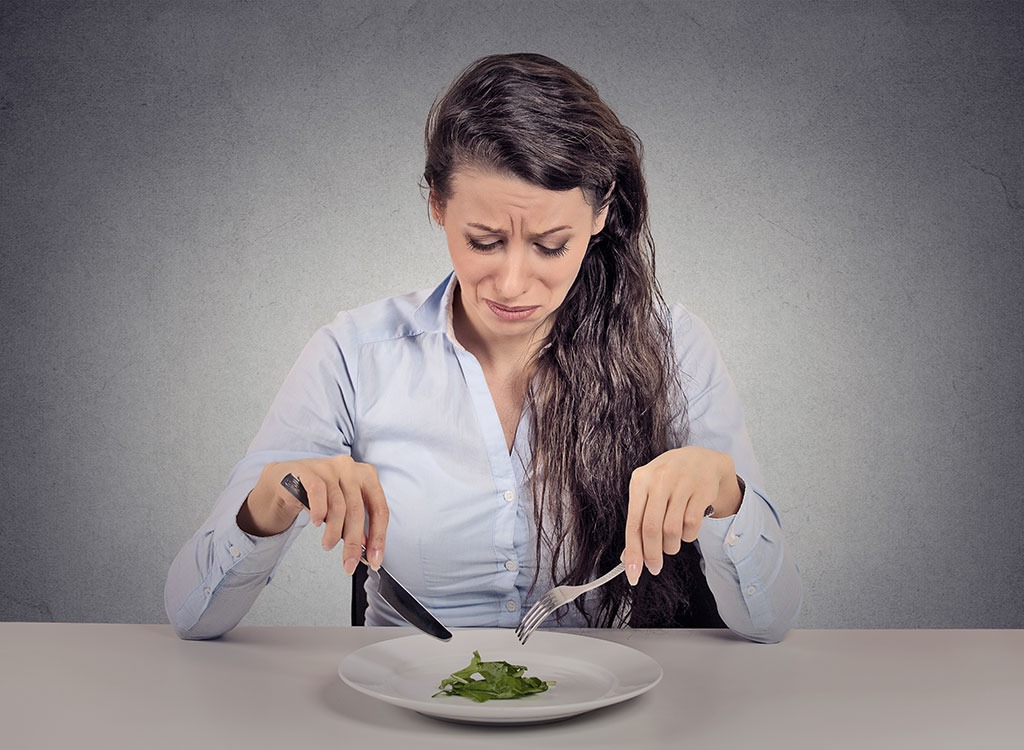
Even a small amount of contaminated food can get you sick, so don't ever taste something to determine whether it's spoiled. Plus, you can't taste or see the bacteria that can cause food poisoning. You're better off just tossing the suspect food out.
Don't lick the beaters after baking
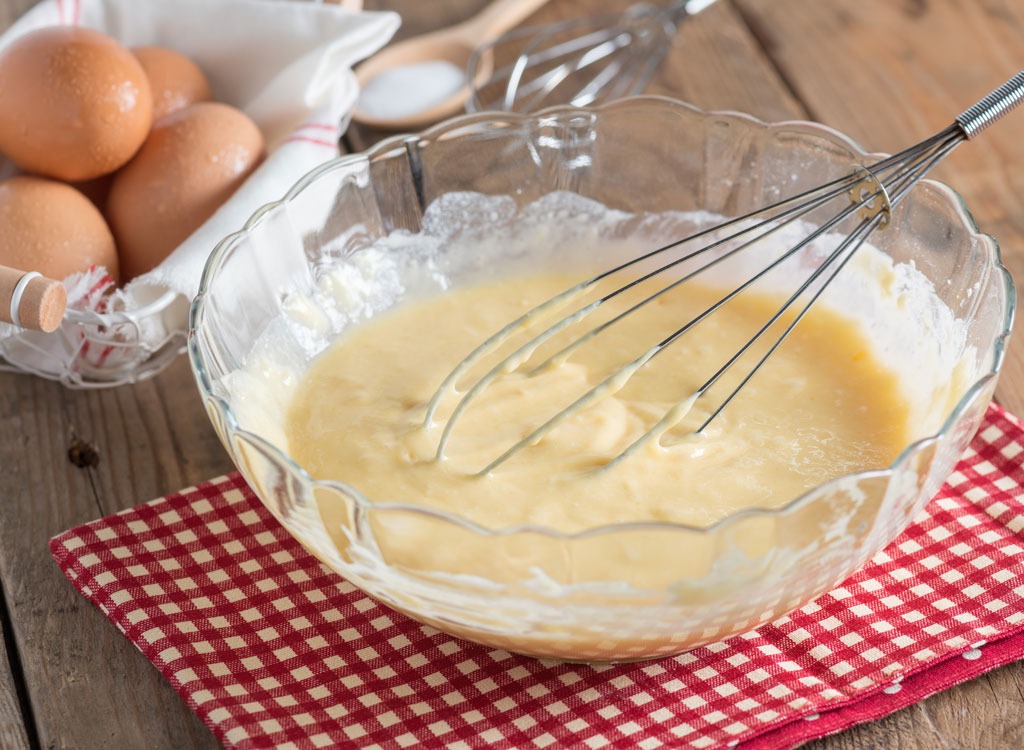
Mom was right. You really shouldn't sample the cookie dough or lick the cake beaters.
You probably know that raw eggs can contain salmonella and harmful bacteria, but did you know that raw dough without eggs can also make you sick? That's because raw flour can contain E. coli, explains the Academy of Nutrition and Dietetics.
Don't leave your flour in the pantry for too long
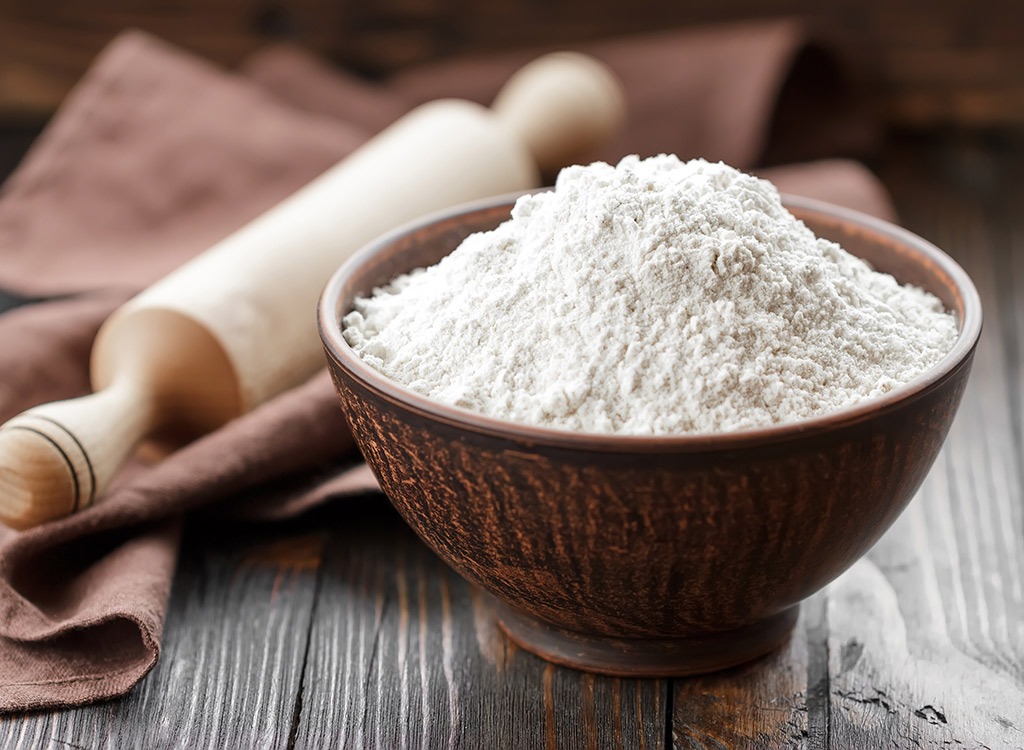
Did you know that many pantry staples can spoil at room temperature? Both flour and nuts can go bad if you leave them at room temperature for a few weeks, so it's best to stash them in the freezer.
Don't forget to wash your hands
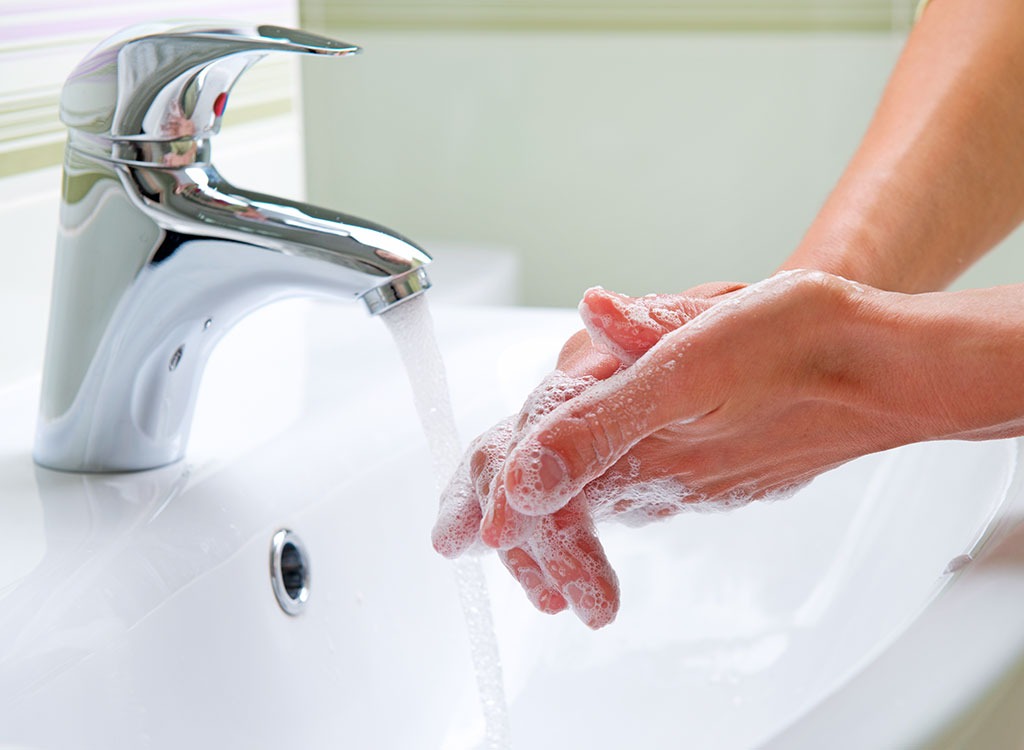
Last, but certainly not least, it's important to wash your hands with hot, soapy water before you begin food prep. Many people rush through this step, but your hand-washing routine should last at least 20 seconds. It's a simple but easy way to increase kitchen safety and to reduce contamination when you're cooking.
Now that you know how to keep things sanitary and clean in your kitchen, your cooking routine just got a whole lot safer. Stick to these dos and don'ts, and you'll greatly reduce your risk of foodborne illness.

